|
As you may have gleaned by now, I am a fan of sparkling wine. Whether it’s toasting a special occasion or sitting home by the fire with a book, a glass of bubbly always lifts my spirits and is a welcome treat. Not long ago I visited the Piedmont region located in northwestern Italy. The focus of my trip was to re-acquaint my taste buds with the sparkling wines as well as the still wines of Asti. The Consortium of Asti and Moscato d’Asti, DOCG was our guide on this illuminating exploration. The Moscato Bianco grape (Moscato is the Italian word for Muscat) is making a big comeback in the USA and abroad and taking its rightful place once again among the many styles of sparkling wine available on the market. And I’m here to dispel the myth that it is just a sweet wine that should only be served at the dessert table. These are highly aromatic, light, refreshing, low alcohol wines that are fun to drink, but they are also very expressive, leaving one’s palate quite satisfied. Although Moscato Bianco is grown in every Italian region, it is mainly associated with Piedmont where it is believed to have its origins dating back to the 13th century as documented in the statues of the village of Canelli, a subzone in the province of Asti. Many historic wineries are located in Canelli that include Gancia, Coppo and Contratta. In fact, it was Carlo Gancia who in 1865 created Spumante Italiano, making it the birthplace of Asti Spumante. (Spumante means ‘sparkling wine’ in Italian.) Canelli and Santo Stefano Belbo were the most important production centers and from these towns, Moscato Bianco vines were shipped worldwide. The “Consorzio per la Tutela dell’ASTI’ (Consortium for the Protection of Asti wines) was formed in 1932 to protect, develop and promote Asti DOCG and Moscato d’Asti DOCG in Italy and worldwide. Asti DOCG and Moscato d’Asti DOCG are produced in 52 communes within Piedmont. Moscato Bianco vineyards span an area of about 9,800 hectares divided among 3,700 wineries and producers. Part of the focus of the Consortium is quality control and protection against counterfeit wine. They have an impressive research lab that “promotes and coordinates specific scientific studies and innovative technologies to continuously improve the production process as a whole”. As we toured the lab we were told that due to climate change and the weather getting warmer each year they are working in the lab to find ways to compensate and adapt the vines to climate change. In addition to all this, 15 samples are taken from each vineyard to determine when grapes should be harvested. Harvest time is crucial as the sugar, acidity and aromatic components must be in perfect balance and harmony before grapes are picked. Once this is established the grapes must be handpicked immediately. With the end of World War ll, Asti Spumante became very popular in the United States as soldiers returned home with these light, sweet wines. However, with its popularity came the demand for more wine. And so bulk production ensued and quality went downhill. An abundance of poorly made Asti Spumante was exported and subsequently got a bad reputation as a low-quality sweet wine. Moscato Asti received DOCG status in 1993 and the word “Spumante” was eliminated, although you might still see “Asti Spumante” on many wine labels. Today, Asti wines are refined, not cloyingly sweet and they retain the classic aromas and flavors of the Moscato Bianco grape that include floral, a profusion of fruit such as fresh grapes, mandarin orange, peach, apricot, Meyer lemon and musk. Wine producers are more careful with production and as Luigi Coppo of Coppo Winery said, “It is time to take Moscato Bianco seriously as wine. Our objective is to transfer the aromatics of the grape to the bottle. It is known as a dessert wine, but it is made as a sparkling wine.” Canelli became a UNESCO World Heritage Site in June 2014 and is noted for its surrounding historic vineyards and intricate subterranean wine cellars called “Underground Cathedrals”. These cellars weave in and out of Canelli for about 20 miles. I had the opportunity to visit the historical wine cellars at Coppo Winery, which are a UNESCO World Heritage site and part of the Underground Cathedrals. Luigi Coppo explained, “In parts of this tunnel there are over 42 meters of dirt above us. The tunnels are ideal for storing wine because it is stable in here with constant and perfect temperature and humidity. This all-natural tunnel was built in the late 18th century with an addition in 1920 that took only one week to build”! Below is a slideshow of the Underground Cathedrals. Photo credit: Penny Weiss The Moscato Bianca grapevines are planted on hills at an average of 200 to 300 meters above sea level with some elevations that are more than 500 meters. Ancient chalky soils, microclimates and sun exposure adds character to these terroir-driven wines. The three types of DOCG Moscato wines produced are Asti Dolce DOCG, Asti Secco DOCG and Moscato D’Asti DOCG. Asti Dolce DOCG received DOCG recognition in 1993. The grape variety must be 100% Moscato Bianco with a maximum yield of 100 quintals (10 tons) of grapes per hectare. The average alcohol content is usually between 7% and 9%. This sparkling wine is a harmonious balance of sweet and acidity with classic aromas and flavors of grapes, acacia blossom, orange, honey, spice and fine and persistent foam. Asti Secco DOCG received DOCG recognition in 2017. It is the “dry” version of Asti Dolce but still retains all the classic characteristics of the grape. The grape variety must be 100% Moscato Bianco with a maximum yield of 100 quintals (10 tons) of grapes per hectare. The average alcohol content is allowed up to 11%. Typical aromas and flavors are fruity with apple, pear, lavender, sage and acacia along with fine and persistent foam. Moscato d’Asti received DOCG recognition in 1993. The grape variety must be 100% Moscato Bianco with a maximum yield of 100 quintals (10 tons) of grapes per hectare. Unlike the full sparkling Asti wines, Moscato d’Asti can be made still or less effervescent with a hint of frizzante (fizz) and is therefore not considered a sparkling wine. It has lower alcohol content and can be no more than 5.5% alcohol by law. These wines are delicate, lightly sweet and have intense musky aromas with characteristic flavors of floral, peach, apricot, sage, lemon and orange blossom. Here are just a few of the memorable wines that I tasted. Matteo Soria Bric Prima Bella Asti DOCG Extra Dry 2017 has a beautiful perlage that is fine and persistent. Fragrant aromas of floral, acacia and a hint of citrus segue onto the palate with a dry and aromatic finish. This is a perfect sparkling wine to serve with appetizers and main course. Coppo Moncalvina Moscato d’Asti Canelli DOCG 2019 is a light, sweet wine with floral and stone fruit aromas. It is fresh with floral and peach on the palate. Serve with an assortment of cheese and desserts. Alcohol: 4.81% Cascina Cerutti Surì Sandrinet Moscato d’Asti DOCG Canelli This is a delightfully fragrant wine with notes of flowers, peach and citrus. The palate offers a light effervescent mouthfeel with fresh grapes, floral and a hint of sage. This is a great wine to pair with cheese, appetizers and fruit. Alcohol: 4.83% Acquesi Asti DOCG This is a good example of an Asti Dolce wine. It is very aromatic with a palate of fresh fruit, white flowers, peaches, lemon zest and a hint of honeydew melon. It offers persistent and creamy bubbles with a lively and easy finish. Use your imagination in pairing this wine with food! Alcohol: 7% I tasted a multitude of wines while in Asti and I was impressed not only by the quality and flavor, but these are also food-friendly wines that will pair beautifully with a variety of appetizers, main courses, and desserts as well as enjoying as an aperitif. Don’t let the sweetness scare you! Be adventurous! Also, these sparkling wines are great to make cocktails with. While visiting Martini and Rossi Winery, I was served a refreshing cocktail made with Martini & Rossi Riserva Speciale Bitter Liqueur topped off with their Asti sparkling wine. Perfection! Still to come are the Brachetto D’Acqui DOCG wines, Franciacorta DOCG wines and Custoza DOCG wines. I will also be focusing on a few of the winemakers Stay tuned!
Until next time… Cheers! Penina To leave a comment or if you have an inquiry, please contact me at [email protected] Nestled in the gently rolling hills of Tuscany in the heart of the Chianti Classico zone lies the family-run estate of Rocca delle Macìe. The late Italo Zingarelli, a well-known actor who was also at age 28 the youngest movie producer in Italy, decided to pursue his true passion and lifelong dream of producing wine. His youngest son, Sergio said, “It was my father’s dream to have a winery.” In 1973 that dream was realized with the purchase of the “Le Macìe” estate. At the time Italo acquired it, only two acres out of 230 acres were under vine. The 14th-century farmstead was in disrepair along with acres of neglected vines. Working together, Italo and Sergio replanted the vineyards and restored the farmstead. More property was purchased and a state-of-the-art cellar was built and modern winemaking equipment was installed. Today, the family has six estates throughout Tuscany comprised of 1500 acres with a total of more than 500 acres under vine and 54 acres of olive groves. Le Macìe, Sant’Alfonso, Fizzano and Le Tavolelle estates are located in the Chianti Classico area. And Campomaccione and Casa Maria estates are located in the Morellino di Scansano area (Maremma). Italo instilled his love and passion for wine and the Tuscan land in his three children, Sergio, Fabio and Sandra. Sergio is quoted as saying, “My father Italo managed to infuse us with his great passion for the Tuscan soil and for the art of making wine. In short, he gave us the desire and the enthusiasm to continue to write that never-ending story that links wine to the lives of human beings. With his cast-iron will, he taught me that to get an idea off the ground takes determination...” In 1984 Sergio assumed responsibility for estate’s worldwide distribution and in 1989 he was appointed Company President. Sergio’s wife, Daniela works with him in running the business. Sergio has been a member of the Executive Board of the Chianti Classico Consortium since 1995 and in 2012 he was appointed President. In 2015 he was confirmed for another three years. I had the pleasure of spending an afternoon with Sergio a few months ago at a winemaker luncheon for a vertical tasting of six Rocca delle Macie’s historic cru wines made exclusively with grapes grown in their Fizzano estate vineyard. Fizzano Farm was purchased in 1984 and spans across 150 acres with 88 acres under vine. The grape varieties grown here are the iconic Sangiovese as well as Merlot and Cabernet Sauvignon. Miocene deposits with a sandy-loamy texture and pebbly soils make up the soil composition. The vineyards have an excellent southern exposure at 985-623 feet above sea level and the mild Mediterranean climate contributes to maintaining the balance of the grapes acidity, sugar and aromas. Our vertical tasting began with three library wines. Library wines are portions of a vintage that have been set aside in the vintner’s cellar as part of their private stock to be enjoyed at a later date. It is not uncommon to store a few cases from each vintage. This area of the cellar is referred to as “the library”. Chianti Classico DOCG Riserva di Fizzano 1995, 1999 and 2005 are made with 85% Sangiovese, 10% Cabernet Sauvignon and 5% Merlot. They are library wines that still make a statement. The 1995 vintage still exhibits tannins along with soft, red dried fruit and earth. The 1999 vintage is rich with plum, blackberries and hints of cherry. The 2005 vintage is remarkably ripe with red berries, spice and hints of espresso. Chianti Classico Gran Selezione DOCG Riserva di Fizzano 2011 is a blend of 95% Sangiovese and 5% Merlot. Gran Selezione is a new classification above Riserva for Chianti Classico DOCG as of 2014. Grapes must be harvested only from the winery’s vineyards along with upgraded requirements for alcohol, extract and a minimum aging of 30 months. The 2011 vintage is quite aromatic with a palate of ripe dark berries, dark cherry, spice and refined tannins. SRP: $39.99 Chianti Classico Gran Selezione DOCG Riserva di Fizzano 2013 is a blend of 95% Sangiovese and 5% Merlot. Dark berries, plum, spice, dark cherry, clove and a touch of chocolate grace the palate. SRP: $39.99 Chianti Classico Gran Selezione DOCG Riserva di Fizzano 2015 The blend for this wine is 93% Sangiovese and 7% Colorino. Although Colorino is used primarily to add color to the wine, the grape has elevated tannin levels that can contribute to the complexity of the wine. This wine is very aromatic with lush berries and spice. The palate offers rich, ripe red berries, plum, cherry, spice, anise and vanilla. I look forward to tasting this wine again in a few years SRP: $39.99 In addition to the vertical tasting, we sampled four more wines that made my palate quite happy. Chianti Classico DOCG 2017 is a blend of 95% Sangiovese and 5% Merlot. Aged eight months in the barrel. The palate offers fresh ripe fruit, berries, dark cherry, soft tannins and a hint of herbs. SRP: $16.99
Chianti Classico Riserva DOCG 2016 is a blend of 90% Sangiovese, 5% Colorino and 5% Cabernet Sauvignon. Aged two years in French oak. Ripe dark berries, spice, anise, soft tannins and a touch of herbs. SRP: $26.99 Chianti Classico Gran Selezione DOCG Sergio Zingarelli 2013 is a blend of 90% Sangiovese and 10% Colorino. The best grapes are sourced from Le Terrazze Vineyard. The wine is aged for 18 months in French oak. Vibrant aromas of floral, dark fruit, toast and earth lead to a palate of berries, plum, cherry, spice, pomegranate, anise and dark coffee beans. Smooth tannins and beautifully structured. SRP: $99.99 Chianti Classico Gran Selezione DOCG Sergio Zingarelli 2014 is 100% Sangiovese. The best grapes are sourced from Le Terrazze Vineyard. It is aged for 20-24 months in French oak. This wine has a rich palate of plum, blackberry, raspberries, cherry, juicy tannins and spice. It is beautifully balanced and elegant. I asked Sergio if climate change has affected the vineyards and if so is there a difference in the wines produced. Sergio replied, “Climate changes didn't affect our vineyards but mostly the way to manage them. Our vineyard manager, of course, needs to spend more attention on the long-term forecast in order to avoid any negative influences on the canopy and of course on the grapes. Fortunately, we have now to our disposal new and more accurate technical equipment that can be used to predict and to control the balance between the growth of the vines and the quality of the grapes. Of course, the wines change if we have a hot and dry harvest or a colder one, but we are trying to keep the same style and philosophy every year.” Sergio talked about his biggest challenge in the vineyards. “We work very hard since the year 2000 to reduce or not use any chemical treatments. We can make this possible using different weather stations, with very hard work in the vineyard and using different viticulture strategies. As per example, the use of "mating disruption" to confuse some different insects with pheromones in the vineyards; the use of antagonists of some insects to control others one. Another challenge is to not use any chemical herbicides since 2000, using only mechanical removal of the herbs under the vines; maintain as best we can a stable balance in the vigor and quality of grapes ratio using only organic fertilizers and a very specific program of cover crops serving as the specific goals and nature of the soils of the different vineyards.” It was a great afternoon of exploring and tasting this impressive lineup of Rocca delle Macìe wines. All of the wines that we tasted are beautifully crafted. And as Sergio said, “The wines must be elegant and give expressions of the vineyard”. Sergio has done just that! Until next time… Cheers! Penina To leave a comment or if you have an inquiry, please contact me at [email protected] With my family coming for Thanksgiving dinner, I made sure to have an assortment of wine and spirits on hand to please every palate. My menu this year strayed from tradition as I felt it was necessary to forge a new path with healthier cuisine. Granted, not everything I prepared was free of calories and carbs, but at least I was able to control the ingredients. We enjoyed fresh spinach lasagna, roasted brussel sprouts with cranberries, homemade peasant bread, tossed salad and corn salad in lime juice. The grand finale was key lime pie and fresh fruit. I started off the festivities by pouring a glass of Prosecco for everyone, never anticipating that my guests would choose to continue drinking it throughout the meal! These bottles of sparkling wine almost upstaged my meal as they were met with much enthusiasm and enjoyment. Every palate was sated and we never opened any still wine. Some of the best Prosecco comes from Glera grapes grown in the small towns of Conegliano and Valdobbiadene, the home of Prosecco Conegliano Valdobbiadene DOCG. Because Conegliano Valdobbiadene is situated between the sea and Pre-alps, the area experiences a mild climate with constant breezes. Vineyards have great sun exposure and benefit from the altitude and broad differences between day and night temperatures. The slopes, micro-climate, sun exposure and various soils make this an ideal setting for growing Glera grapes for the production of Prosecco. PassioneSentimento Prosecco Treviso Spumante Brut, DOC is produced by Pasqua Vigneti é Cantine located in Verona, Italy. This Prosecco is made with 100% Glera grapes grown in vineyards in the premium Conegliano subzone in Treviso. It is made using the Charmat method where the second fermentation takes place in large stainless steel tanks to trap carbonation in wine. Whereas, in the méthode Champenoise, the second fermentation happens inside the individual bottles in which the wines are sold. This wine is quite aromatic with fresh fruit, pear and brioche. The palate offers pear, apple, a hint of slate and lemon zest on the finish. This is a fresh and balanced wine with tiny bubbles and lovely perlage. Serve as an aperitif or pair with fish, pasta and white meats. Alcohol: 11% SRP: $16 To learn more about Pasqua Vigneti é Cantine please read my story at: https://www.thewineknitter.com/the-journal/category/pasqua-vigneti-e-cantine Nino Franco Prosecco Rustico Valdobbiadene Superiore DOCG Nino Franco Winery is family owned and now in its fourth generation of producers. The winery is located in Valdobbiadene at the foot of the Prealps and was founded in 1919 by Antonio Franco. They are one of the oldest wineries in Valdobbiadene and they are celebrating their 100th year! This wine is 100% Glera grapes harvested from vineyards in Valdobbiadene DOCG. The second fermentation takes place in “cuve close”. (Tank method). Intoxicating aromas of floral, pear, white stone fruit and a hint of citrus segue onto the palate with hints of tart apple and white peach. Lively fruit, fine and persistent bubbles along with a creamy mouthfeel and vibrant acidity, make this sparkling wine irresistible. Serve as an aperitif or pair with appetizers, fish, roasted veggies and pasta. Alcohol: 11% SRP: $19 So, the next time you’re perusing the sparkling wine section, pick up a bottle or two of Prosecco from the “home of Prosecco in Conegliano and Valdobbiadene. I am taking a short break and will return the week of December 8th. If an impending snowstorm doesn’t thwart my travel plans, then I am off to Italy in two days. I will be exploring the sparkling wines of Asti D.O.C.G, BRACHETTO D’ACQUI d.o.c.g., FRANCIACORTA d.o.c.g. and Custoza D.O.C. I will have lots to share with you upon my return. In the meantime, watch for my posts on social media! Until next time…
Cheers! Penina To leave a comment or if you have an inquiry, please contact me at [email protected] It isn’t often that I find a Pinot Grigio that I really love. But when I do, I will be the first to sing its praises to you. And when sipping this wine from a wineglass specially designed for Terlato Pinot Grigio, it’s cause for celebration! The grapes for the Terlato Vineyards Pinot Grigio are grown in the renowned Friuli Colli Orientali DOC region in the far northeastern corner of Italy. These hillside vineyards are in the foothills of the Austrian and Slovenian Alps at an average altitude of 1300ft. Terlato Pinot Grigio is 100% estate-grown grapes selected from vines that are 20 to 30 years old. The grapes are farmed in small blocks, each with different soil compositions and exposures. The soil is mostly marl and schist, low nutrient and rocky. And the warm days and cool nights contribute to the acidity, complexity and character in this terroir-driven wine. All grapes are handpicked and wine production takes place in a state-of-the-art-winery. Riedel, the iconic glassmaker, was inspired by the quality of Terlato Pinot Grigio and crafted a beautiful wine glass to complement this wine. The glass even has “Terlato” etched on the stem. The concept of the design is illustrated below. Of course, I tasted the wine in both the Riedel wine glass and my standard “go-to” wine glass. And yes, there are differences. The Riedel wine glass definitely heightened the aromas and my palate was entertained with a richer and subtler dance through the layers of this wine. That being said, I also enjoyed the wine in my “go-to” glass. However, the Riedel glass brings out the best in this Pinot Grigio.
Terlato Pinot Grigio DOC 2018 with Riedel wine glass Strong aromas of stone fruit, melon, pear and a touch of lemon are an enticing introduction. Layers of peach, apricot, pear and minerality follow a rich and creamy texture on the palate. The finish is quite lengthy with hints of almonds and lemon zest lingering. This Pinot Grigio is beautifully balanced with crisp acidity and expressive fruit. Serve as an aperitif or pair with seafood, light pasta dishes, cheese and spicy Asian cuisine. Alcohol: 13% SRP: $23.99 The Riedel wine glass is only available through a mail-in rebate after the purchase of a bottle of Terlato Pinot Grigio. Whether you drink Terlato Pinot Grigio in the Riedel wine glass or one of your choosing, it will still be an enjoyable and delicious experience! Until next time… Cheers! Penina To leave a comment or if you have an inquiry, please contact me at [email protected] It’s that time of year again for putting up seasonal decorations, attending holiday parties, buying an appropriate gift for the host/hostess and shopping for presents which seems to get more challenging as the years go by. Needless to say, it can be quite stressful. However, when it comes to buying gifts for the wine lovers and spirits drinkers on my list, I always have fun picking out just the right bottle or two for each recipient. And thanks to Bertani winery, shopping just got a little easier for me. Bertani produces a variety of world-class wines that will impress and please anyone’s palate. I recently received four samples of assorted wines from this iconic wine producer. The brothers Giovan Battista and Gaetano Bertani founded Bertani Winery in 1857 in Quinto di Valpantena, north of Verona in the region of Veneto, Italy. With their winemaking talent, quality wine, business acumen and innovation, the brothers quickly distinguished themselves throughout the winemaking area of Verona. Their drive for quality and continuous improvement in the vineyards and winery were passed on from generation to generation. In 2011 another family-owned company of Tuscan wineries bought Bertani, but management and operations are kept separately. Bertani has over 200 hectares of vineyards in the most ideal areas of Verona province. In all of Italy, the highest number of DOC wines originates from here and it is famous worldwide for wines such as Valpolicella, Soave and Amarone. Bertani has two historic wineries, one in Grezzana and the other in Arbizzano di Negrar. The map below illustrates the territories where their vineyards are. Soave Vintage Edition DOC 2016 This wine is made with 100% Garganega grapes harvested from vineyards in the Soave hills. The area has a mild climate with very complex soils of calcareous origin and clay-loam texture and is rich in organic matter. All of this contributes to making full-bodied wines with elegant fruity notes and longevity. Aging takes place on the lees in concrete vats covered with glass bricks. This historic container allows for a slow and gradual aging process. Heavenly floral aromas are accompanied by stone fruit, apricot and a hint of savory. Stone fruit continues onto the palate with melon, vibrant acidity and a touch of minerality. Floral and peach linger on the palate for a long finish. This wine is complex and bursting with personality. Serve as an aperitif or pair with seafood, white meat and spicy Asian cuisine. Alcohol: 12.5% SRP: $30.99 Secco Bertani Original Vintage Edition 2015 This wine is a magical blend of 80% different varieties of original Corvina clones, 10% Sangiovese Grosso and 5% each of Cabernet Sauvignon and Syrah. Grapes are sourced from vineyards in the hills surrounding the historic Bertani estate in Grezzana, in the Valpantena DOC. There is a significant difference in the temperature range between day and night with long sun exposure during the day, resulting in high-quality fruit production. The soil is composed of calcareous-marl that contains large amounts of iron giving the wines spicy, mineral notes. This Vintage Edition is made by recreating the old recipe, style and taste from the first Secco Bertani vintage in 1857. The wine was aged for 12 months in traditional Veronese cherry and chestnut barrels made from local wood. Lovely aromas of raspberry, sweet cherry, baking spices and a hint of herbs and pepper are the intro to this vibrant wine. The palate offers sour cherry, cranberry, red plum and spice. This is a luscious wine with medium tannins and a long finish of pepper, cherry and mineral notes. Serve with meats, stew, pasta and appetizers. Alcohol: 13.5% SRP: $25.99 Valpolicella Ripasso DOC 2016 This is a blend of 85% Corvina Veronese, 10% Merlot and 5% Rondinella. Grapes are sourced from the hills of Valpantena and Valpolicella Classica areas. The soil is composed mainly of calcareous-marl that is volcanic and rich in iron. Ripasso is made using a very old winemaking practice called the “ripasso method”. The young Valpolicella wine is re-passed over grape skins used in Amarone production. This method gives the freshness of the Valpolicella and the dried grapes introduce rich and concentrated flavors of chocolate and sour cherry to the wine. It is aged for nine months in French oak barrels. The nose offers aromas of red and dark fruit, spice and herbs. This is a tasty and complex wine with layers of cherry, red berries, anise, pepper and a hint of vanilla and nutmeg. It is well balanced with a delightfully long finish of fruit and savory. This wine can be served with many dishes such as creamy mushroom risotto, grilled meat, hearty stews and aged cheese. Alcohol: 13.5% SRP: $25.99 Bertani Amarone Classico DOCG 2009 This wine is a traditional blend of 80% Corvina Veronese and 20% Rondinella sourced from the Tenuta Novare hills in the heart of the Valpolicella Classica area. Soils in Tenuta Novare range between clay, calcareous soils rich in iron and manganese and soils rich in basalt that helps to give Amarone its distinctive quality. Bertani has 550-acres of vineyards here that are devoted entirely to the production of Amarone. Bertani began making Amarone Classico in 1958 and their production methods and packaging have remained the same. Grapes are set aside to dry naturally on racks made of bamboo canes and they remain here for about 120 days until the grapes lose 60% of their water content. Slow fermentation takes place in concrete vats and the wine is then aged in Slavonian oak barrels for at least six years. Another 12 months of maturing is spent in the bottle before release. This Amarone is opulent! It opens with intoxicating aromas of plum, cherry, baking spice and a hint of tea rose. The aromas spill onto the palate with layers of red berries, toasted nuts, anise, spice and a touch of vanilla. It is a beautiful integration of acidity and tannins that beg you to take another sip and savor every mouthful. This is an elegant wine that can be enjoyed on its own or pair it with red meat, white meat, game, risotto or aged cheese.
Alcohol: 15% SRP: $129.00 I hope that I have piqued your interest and perhaps when checking off your gift list for the holidays, you’ll treat yourself to a bottle of Bertani wine! Until next time… Cheers! Penina To leave a comment or if you have an inquiry, please contact me at [email protected] Although it is not as widely known as some of its more famous neighbors, Le Marche (pronounced Mar-kay) wine region should be on your radar. Le Marche is located on the eastern side of central Italy, nestled between the Apennine Mountains to the west and the Adriatic Sea to the east. There are approximately 60,000 acres of vineyards in Le Marche with varied terroirs throughout. Warm and cool climate zones exist in this region due to the influence of the mountains, rivers and the Adriatic Sea. Calcareous, clay and limestone-rich soils can be found here and are excellent for growing grapes such as the white grapes Trebbiano and Verdicchio that Le Marche is best known for. In fact, Verdicchio has been growing here for over 600 years. Sangiovese and Montepulciano red grapes grow well here as well. The majority of wines in Le Marche are sold as IGT Marche title (Indicazione Geografica Tipica), but the region also has DOC and DOCG titles as indicated on the map below. This past week I was introduced to the wines of Velenosi Winery located just outside the town of Ascoli Piceno. The dynamic Angela Velenosi co-founded the winery in 1984. Angela had no experience, land or capital, but she did have a vision. Her energy and passion led her to become one of the largest family-owned wineries in Le Marche region with a production of 2.5 million bottles per year and over 25 wine labels. Today Velenosi Winery represents all the appellations throughout Le Marche wine region and Angela is known as “the lady of Le Marche”. I had the opportunity to taste five wines from the Velenosi portfolio. Passerina Brut NV is made with indigenous 100% Passerina grapes grown in the vineyards of Ascoli Piceno at an altitude of 200-300 meters above sea level. The grapes are hand-harvested and the wine is produced using the Charmat Method. This is a lively, aromatic sparkling wine with soft fruit and flowers on the nose. A palate of citrus, flowers, light fruit, a hint of bread dough, fine bubbles, lively acidity and creamy texture make this wine a delight to drink. Alcohol: 12% SRP: $15.99 Verdicchio dei Castelli di Jesi DOC Classico 2018 is made with 100% Verdicchio grapes grown in the oldest and original area of Castelli di Jesi, (Marche’s largest DOC area). Verdicchio means, “little green one”. The wines tend to be straw-colored with pronounced green hues and aromas of green fruit. This is a lovely dry wine with floral, fruity and saline aromas that segue onto the palate with green apple giving it the right amount of tartness. The vibrant acidity and a finish of lemon zest make this any easy wine to pair food with. SRP: $15.99 Pecorino Offida DOCG Villa Angela 2018 is 100% Pecorino hand-harvested from the vineyards of Ascoli Piceno and Offida at 200-300 meters above sea level. The name Pecorino translated means, “little sheep”, not to be confused with the cheese of the same name. As the story goes, local sheep ate these sweet grapes and considered them a treat. This wine has lots of floral and fruit aromas. The palate shows tropical fruit, spice, fennel, fresh minerality and vibrant acidity. Alcohol: 13% SRP: $15.99 Lacrima di Morro DOC Querciantica 2018 is 100% Lacrima di Morro d’Alba harvested from vineyards in the municipalities of San Marcello –Ancona. An interesting note about this grape varietal is that after 25 years it stops producing grapes and needs to be replanted. One of its main characteristics is a “rose and violet flavor”. This wine has sweet aromas of floral, strawberry and cherry that segue onto the palate with soft tannins, spice and dark cherry. This is a beautifully structured wine that is light enough to pair with a vast assortment of cuisine. Alcohol: 12% SRP: $15.99 Rosso Piceno DOC Superiore Roggio del Filare 2015 This wine is a blend of 17% Montepulciano and 30% Sangiovese grapes. Grapes are handpicked from vines that are 50+ years old in the vineyards of Offida and Ascoli Piceno at 200 meters above sea level. This wine was aged for 18 months in new French oak. A beautiful and elegant nose of floral, spice, strawberry and cherry leads to a palate of dark fruit, plum, spice and soft tannins. This is a very expressive wine that is full-bodied and well balanced. Alcohol: 14.5% SRP: $35 All of the above wines are expressive of the terroir, exhibiting powerful aromas and complexity but light enough to enjoy with most food or as an aperitf. They are all reasonably priced wines that go a long way in value.
Until next time… Cheers! Penina To leave a comment or if you have an inquiry, please contact me at [email protected] One might not think of Merlot when it comes to Tuscan wine. Perhaps this is due to the influence and popularity of Tuscany’s largest and best-known Sangiovese-dominant wine region of Chianti. The Sangiovese grape is the most planted grape variety in all of Italy, and according to Italian Wine Central statistics of 2015, Merlot is ranked number seven. Merlot is one of several major grape varieties used in the production of Super-Tuscan wines but it is also produced as a 100% varietal in the Tuscany region. Sorting through yet another recent delivery of vintage wines leftover from our restaurant days, I came across a bottle of Marchesi de Frescobaldi “Lamaione” 2000, a 100% Merlot. The Frescobaldi family has been part of Tuscany’s winemaking tradition for 700 years. From generation to generation they have passed on their tradition of cultivating the best of Tuscan diversity and production of fine wines. With seven estates spread throughout Tuscany, Frescobaldi’s main focus is sustainable farming in addition to developing and enhancing the diversity and maintaining the identity of each estate’s terroir. The Merlot grapes for the Marchesi de Frescobaldi Lamaione were sourced from Frescobaldi’s Castelgiocondo estate located southwest of Montalcino. Vineyards are planted in clayey terrain rich in limestone and mineral elements at an altitude of 300 meters (984 ft.), facing southwest on sunny slopes with well-drained soil and an arid climate. Marchesi de Frescobaldi “Lamaione” 2000, Toscana IGT This 100% Merlot was aged in 90% new and 10% single-use French oak barrels for 24 months and then aged for another 12 months in the bottle. Since I tasted this wine alone, I used my Coravin system to pour a glass so that I could share the rest of the bottle at a later date. As soon as I started pumping this garnet colored wine into my glass, delightful fruit aromas wafted up, always an encouraging sign! As the wine opened up aromas of dark cherry, blackberry, dried berries, sweet spice and vanilla were evident. My first sip told me that I was in for a treat. Although the wine was slightly past peak, it entertained my palate over the next hour with an array of flavors. I tasted black cherry, blackberry, cooked plum, spice, earth, pepper and a very nice finish of dried fruit and fennel. This wine had a good balance of tannins and acidity. I will definitely pop the cork on this bottle in the next week or so…this is a wine to share! Alcohol: 14.5% The majority of wines in this latest cache are reds, so I will be quite busy entertaining my palate over the late fall and winter season! Until next time…
Cheers! Penina To leave a comment or if you have an inquiry, please contact me at [email protected] Most of my wine consumption for the past few weeks have been whites and rosés. However, when I recently received two red wines from the Chianti region I just had to open them despite the hot weather. The Renzo Masi winery has been producing wine for three generations with Paolo Masi as third generation winemaker. Paolo’s grandfather purchased the property in 1925. The winery is located in Tuscany’s Rufina district in the Apennine foothills where the estate sits on a hill overlooking the Argomenna Valley on one side and the right bank of the Sieve River on the other. Rufina is the smallest of the Chianti subzones and is considered one of the best areas for Sangiovese grapes after the “Classico” area. Rufina is known for its full-bodied, acid-rich wines. The climate is slightly cooler here due to the higher elevation of 1,000 ft. Rufina has a dry, breezy microclimate and is exposed to extreme diurnal temperature shifts. Stony soil and “galestro”, which is flaky shale combined with the climate, makes for ideal growing conditions. Chiantis produced by Renzo Masi are a mix of estate-grown fruit and those purchased from local neighbors who have been working with the Masi family anywhere from 15 to 40 years. Renzo Masi Chianti DOCG 2018 is a blend of 95% Sangiovese and 5% Colorino. This is a very aromatic wine with notes of floral, red berries and sweet spice. It is a medium-bodied wine with the palate offering plum, red berries, raspberry and a trace of anise. It is silky, well structured and has good acidity. The price to value ratio is undeniably impressive! Pair with almost anything. Alcohol: 13% SRP: $12 Renzo Masi Erta e China 2017 IGT Toscana is a blend of 50% Sangiovese and 50% Cabernet Sauvignon. “Erta e China” means ‘Ascent and Descent’ in Italian, referring to how the rows of vines are planted up and down a hillside. The wine was aged in used French barriques for about 14 months. It is a deep ruby color with seductive aromas of dark berries, spice and violets. The palate is lush with blackberry, dark cherry, plum, anise and hints of vanilla and baking spice lingering on the finish. A balance of silky tannins and acidity make this an easy wine to pair with an assortment of fare. This is another food-friendly wine. Alcohol: 13.5% SRP: $16 The Renzo Masi winery produces a broad spectrum of wines from entry-level to fine wines. Renzo Masi’s motto is “Big enough to be broad-minded. Small enough to care about the details”.
Until next time… Cheers! Penina To leave a comment or if you have an inquiry, please contact me at [email protected] With the onset of summer, spending time outdoors is a must for me. In addition to swimming and hiking, I like to make the most of the warm weather preferring to dine outside when possible. The sunsets and cool evenings with wine or cocktail in hand are blissful. Having lived in Miami Beach for many years I literally sweated out the summer months. Being young and unsophisticated when it came to drinking wine and spirits, we would get quite creative with hot weather alcoholic drinks. One of my favorite concoctions back then was making homemade chocolate chip ice cream and then putting it in a blender with vodka, and pouring it into a well-chilled glass. Had I been more cognizant of sparkling wines and their versatility as an ingredient in cocktails, my drinks would have undoubtedly been much lighter, less fattening and lower in alcohol. I was young though and hadn’t begun to really explore the world of wine and spirits. Fortunately, since my Miami Beach days, I’ve moved on from ice cream and vodka to more interesting and tastier options to quench my summer thirst. A very popular and light alcoholic beverage is the Spritz, traditionally made with sparkling wine, an aperitif such as Aperol or Campari and a splash of soda water. The Spritz is refreshing and a great “warm weather” drink. Another creative and delicious Spritz is one made with TrentoDOC and Disaronno. I received these bottles as samples, along with a cocktail recipe. It was easy to make and quite delicious, proving that one doesn’t have to stick to tradition. Think outside the box and have some fun! The Really Italian Spritz 2 oz Disaronno 1 oz Fresh Lemon Juice Top with TrentoDOC Pour ingredients in a chilled flute and gently stir Cantina d’Isera 1907 Brut Trentodoc is 100% Chardonnay with delicate aromas of soft stone fruit and bread dough. Fine bubbles, bright acidity and stone fruit continue onto the palate. Serve as an aperitif or make your favorite spritz with it. Disaronno is a liqueur made in Italy with a very distinct aroma and taste of almonds called Armelline (the seeds of apricot stone), sweet fruit, Madagascar vanilla and pure caramelized sugar. Disaronno takes the lead in any mixed drink. It is refreshing to serve over ice as well. In stories past, I’ve shared unusual and very tasty cocktail recipes that are great to serve year round but are especially nice in warm weather. Just in case you missed the stories, here are a few fun cocktail recipes to make. Dirty French Cognac cocktail (Courtesy of Camus Cognac) Alambre Burbalas (Courtesy of Aldea Restaurant and José Maria da Fonseca) 1.5oz Alambre Moscatel 1 round of orange 2 dashes Angostura bitters .5 bar spoon honey 2oz dry sparkling wine Combine Alambre, honey, orange and bitters in mixing vessel, muddle lightly to express the orange into the combination Add ice and stir to chill and combine flavors Strain into wine glass Add dry sparkling wine Garnish with Orange rind Tequila Sunrise Supposedly, this cocktail was created by Gene Sulit in the 1930s or 1940s and was first served at the Arizona Biltmore Hotel. The original recipe contained tequila, crème de cassis, lime juice and soda water. In the 1970s Bobby Lazoff and Billy Rice of Sausalito, CA created a more modern version with tequila, orange juice and grenadine. It seems that Mick Jagger tried a Tequila Sunrise in 1972 during his American tour and liked it so much that he started ordering them all over America. Here is the recipe: 2.5 oz tequila 5 oz orange juice 1 tsp of grenadine Ice cubes Vodka Sunset This is my version of Tequila Sunrise because I enjoy drinking cocktails at sunset! The recipe is simple; mix vodka with fresh orange juice and pure pomegranate juice.
Serve over ice. The next time you’re craving a refreshing, and light cocktail, grab a bottle of sparkling wine and add a liqueur to it. Be adventurous, creative and enjoy! Until next time… Cheers! Penina To leave a comment or if you have an inquiry, please contact me at [email protected] When serving Tuscan wines, thoughts usually turn to pairing them with Italian food and hearty fare. Ladies and gentlemen, it’s time to think outside the box when drinking these wines. Countess Beatrice Contini Bonacossi, (“Bea” for short) family proprietor of Tenuta di Capezzana certainly thought beyond Italian food as she guided us through a tasting of her wines at Hakkasan, a Cantonese restaurant in New York City. Capezzana, established in 804 is Tuscany’s oldest wine producing estate located in the northwest corner of Tuscany in Italy’s smallest appellation called Carmignano. Carmignano was formally recognized as a wine-producing appellation in 1716 along with its famous neighbor, Chianti. Sangiovese is the primary grape for both appellations. Unlike Chianti, Carmignano is lesser known but is rich in wine history dating back about 3,000 years ago in the pre-Roman era. Capezzana was once home to the Medici family. During the 16th century when Catherine de’ Medici married King Henry of France, she had Cabernet Sauvignon vines imported to the Capezzana vineyards, making it the first Italian planting site of French Cabernet Sauvignon. In 1920, Count Alessandro Contini Bonacossi purchased Capezzana and it has remained in the family ever since. Alessandro’s grandson Ugo was instrumental in establishing Carmignano’s own DOC in 1975 and DOCG in 1990. Today, Capezzana produces over 50% of all DOCG Carmignano, a wine made primarily with Sangiovese and small amounts of Cabernet Sauvignon and other local varieties. The estate has 247 acres of vineyards and 356 acres of olive groves. Bea said, “ We have 30,000 olive tree, some are fifty years old.” Now in its fourth and fifth generation, three of Ugo’s seven children are part of the day-to-day operations. Bea is proprietor and global ambassador, Filippo is head of the winery’s finances and olive oil production and Benedetta is the winemaker. Their brother Vittorio who passed away in 2012 was an integral part of the winery and began working with his father at the age of 18. He became an agronomist who eventually took over the management of the company, the vineyards and olive groves. Capezzana has a unique climate due to its location being in close proximity to the Apennine Mountain range. As Bea described it, “We have a special microclimate, with warm summer days and cool breezes in the early evening. There are no sea influences due to the mountains. The winds carry moisture to the vineyards.” And as for the soil, Bea explained, “We have a diversity of soil, one can find 3 to 4 different soils in one vineyard.” Soil types are typically clay, sand and schist. 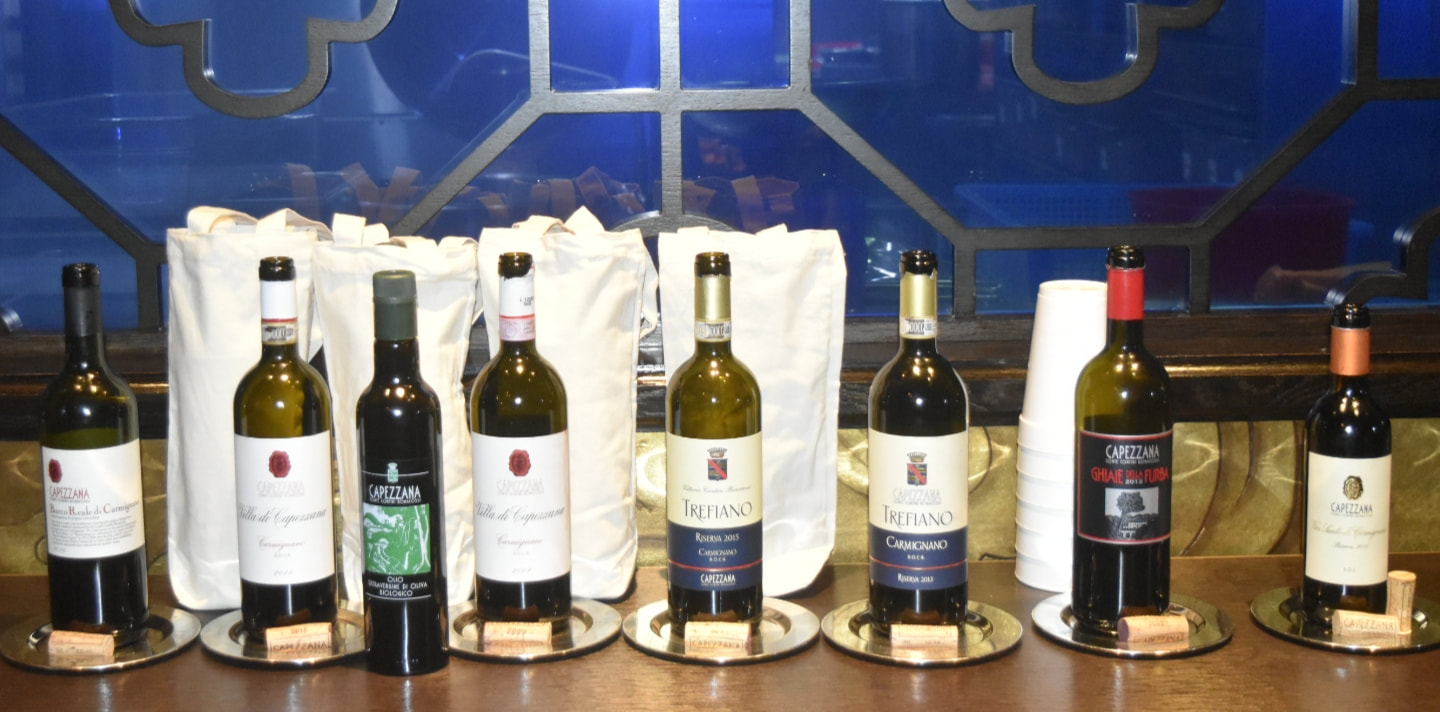 Vittorio’s wish was for all of Carmignano to become organic, so he began the process in 2008 with Capezzana. Through his determination and passion, Capezzana became fully organic and was granted organic certification beginning with the 2015 vintage. It was the first certified organic commercial winery in Carmignano. Bea stated, “I hope my brother’s dream comes true for all of Carmignano to become organic one day. It is at 50% now.” We began our exploration of the estate’s wines with a sample of their organic olive oil. The olive oil was poured into small cups and Bea showed us how to taste it. We put our hand over the top of the cup and swirled it to release the aromas. Then after breathing in the aromas, we were supposed to “slurp” a mouthful and inhale nosily in order to heighten the flavors. I don’t think anyone was very demonstrative with slurping! Organic Extra Virgin Olive Oil 2018 is a blend of 60% Moraiolo, 30% Frantoio, 5% Leccino and 5% Pendolino olives. The olive oil is superb. It has fruity and earthy aromas with a hint of artichokes. The palate offers light fruit balanced with a touch of pepper and nuttiness. This is an elegant olive oil that can be drizzled on anything. It is light enough to enhance the food but not overpower it. SRP: $38 Next, we tasted a stellar lineup of red wines served with a selection of delicious appetizers and main dishes. And I must say that all the wines complemented each course. Barco Reale di Carmignano DOC 2016 is a new vintage release made with 80% Sangiovese, 15% Cabernet Sauvignon, 10% Canaiolo, 5% Cabernet Franc. The wine is aged for 12 months in Allier barrels and then rests for a minimum of 3 months in the bottle prior to release. This is a fresh and youthful wine with intense aromas of dark cherry, berries and a hint of baking spice. It has lots of fruit on the palate with blackberry and dark cherry lingering on the finish. Nicely balanced with soft tannins. Alcohol: 13.5% SRP: $17 Villa di Capezzana DOCG 2015 is a blend of 80% Sangiovese and 20% Cabernet Sauvignon. The wine is aged in barrique and tonneaux for 12 months and then rests in the bottle for a minimum of 12 months. It has lovely aromas of floral mixed with red and dark fruit and hints of spice. The palate offers lush fruit, anisette and spice. Although this is an intense wine, it is fresh with structured tannins and a lengthy finish. Alcohol: 14% SRP: $27 Villa di Capezzana DOCG 2009 is a blend of 80% Sangiovese and 20% Cabernet Sauvignon. The wine is aged in barrique and tonneaux for 12 months and then rests in the bottle for a minimum of 12 months. This wine is rich and well structured with concentrated dark fruit both on the nose and palate. Licorice, dark chocolate and spice continue onto a long finish. Silky tannins and balanced acidity add to the richness of this wine. Alcohol: 14% SRP: $65 Trefiano Riserva DOCG 2015 is a blend of 80% Sangiovese, 10% Cabernet Sauvignon and 10% Canaiolo. The wine is aged in barrique and half new and half old tonneaux for 18 months, then rests for at least 24 months in the bottle prior to release. This is the estate’s first organic vintage. Bea said, “To honor my brother Vittorio, his name is on the bottle.” The wine has a lovely bouquet of ripe dark berries, cherry, plum and hints of pepper. Concentrated layers of ripe fruit, hints of herbs, pepper, spice and espresso envelop the palate. It is an elegant wine that is beautifully balanced. Alcohol: 14% SRP: $55 Trefiano Riserva DOCG 2013 is a blend of 80% Sangiovese, 10% Cabernet Sauvignon and 10% Canaiolo. The wine is aged in barrique and half new and half old tonneaux for 18 months, then rests for at least 24 months in the bottle prior to release. A powerful bouquet of dark and red fruit, spice and dark chocolate set the stage for a concentration of rich dark fruit led by black cherry, plum and spice. This wine is silkier than the 2015 vintage, but all the elements remain. Alcohol: 14% SRP: $55 Ghiaie Della Furba IGT 2012 is a Bordeaux-style blend made with 50% Cabernet Sauvignon, 30% Syrah and 20% Merlot. Bea said, “My father decided he wanted to make an innovative wine.” The wine was first created in 1979 by Ugo and Vittorio and was a blend of Cabernet Sauvignon, Cabernet Franc and Merlot. The blend was modified in 1998 with the addition of Syrah and today the blend is as above. The wine is aged in barrique for15 months, followed by a minimum of 12 months in bottle prior to release. Aromas of red fruit, cherry tobacco, spice and herbs are enticing. The palate offers dark and succulent fruit mixed with hints of fennel and spice. It is structured and well balanced with a long silky finish. Alcohol: 14% SRP: $60 And lastly, an elegant dessert wine was poured. Vin Santo Riserva DOC 2011 is a blend of 90% Trebbiano and 10% San Colombano. The grapes are dried through natural methods on cane matting from harvest through to the following February and then vinified in traditional small chestnut, maple and cherry casks. The wine is aged for five years and in bottle for a minimum of 3 months. Bea said, “It is a wine that doesn’t follow any pattern or rule. It is my child.” Heady aromas of perfume, almonds and candied fruit spill onto the palate with added notes of fig, spice and orange zest. This is a sweet and decadent wine that pairs well with desserts and aged cheeses. Alcohol: 14.5% SRP: $55 In addition to producing elegant and expressive wines that have finesse and structure, Capezzana also has a cooking school and wine bar on the premises. It is an “all in the family” venture.
I would like to leave you with a quote taken from Capezzana website. “The taste of the area of origin is the thing that interests us most to carry on, that is the scent of the land that enters, unique and unparalleled in our wines.” Until next time… Cheers! Penina To leave a comment or if you have an inquiry, please contact me at [email protected] |
Categories
All
|
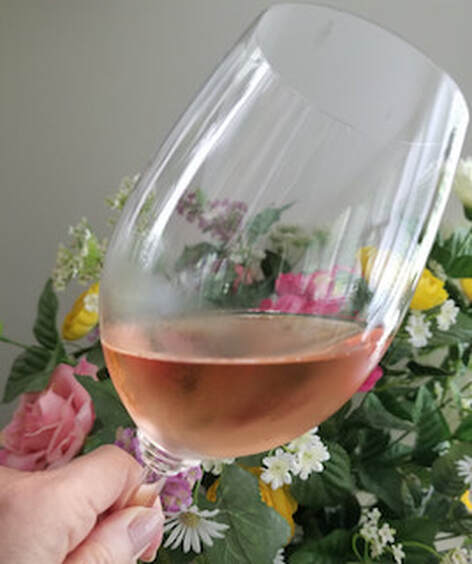
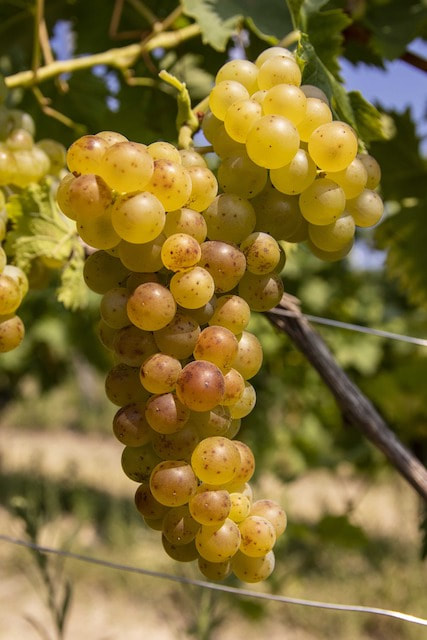
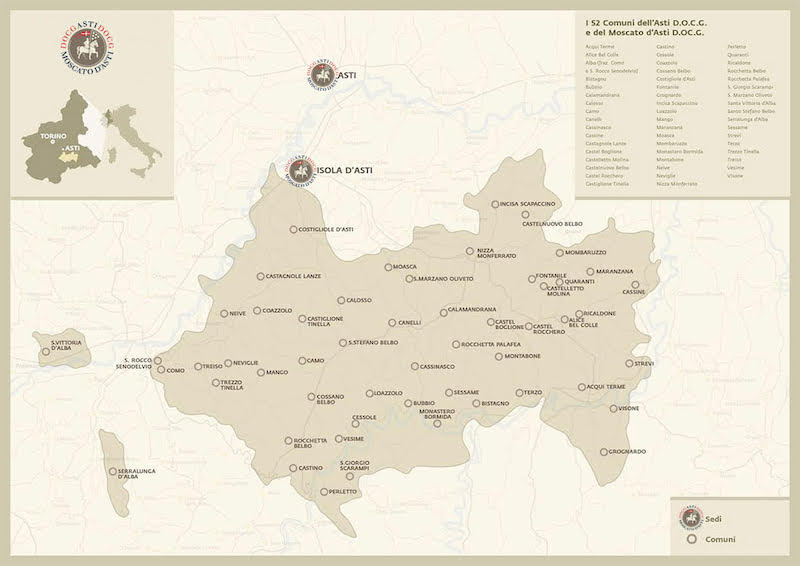
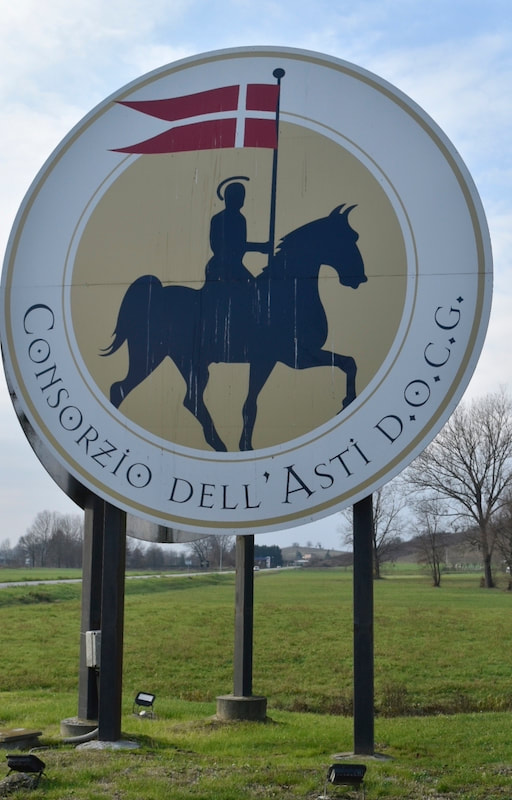
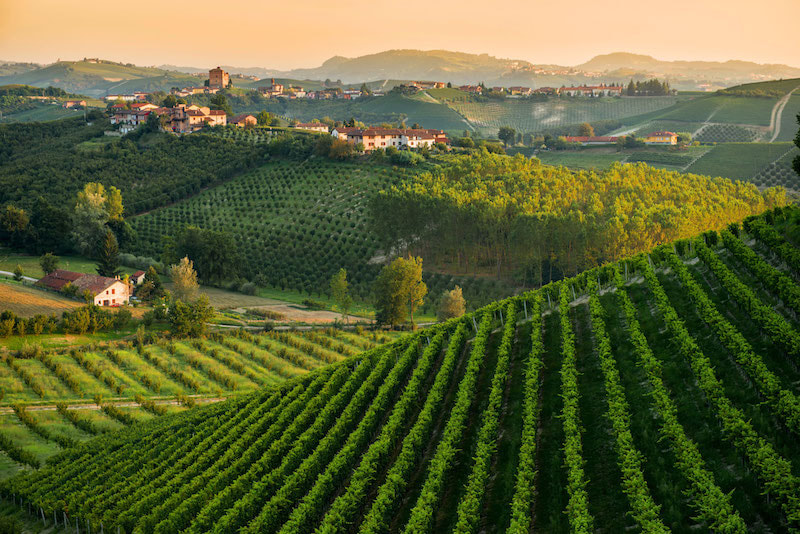
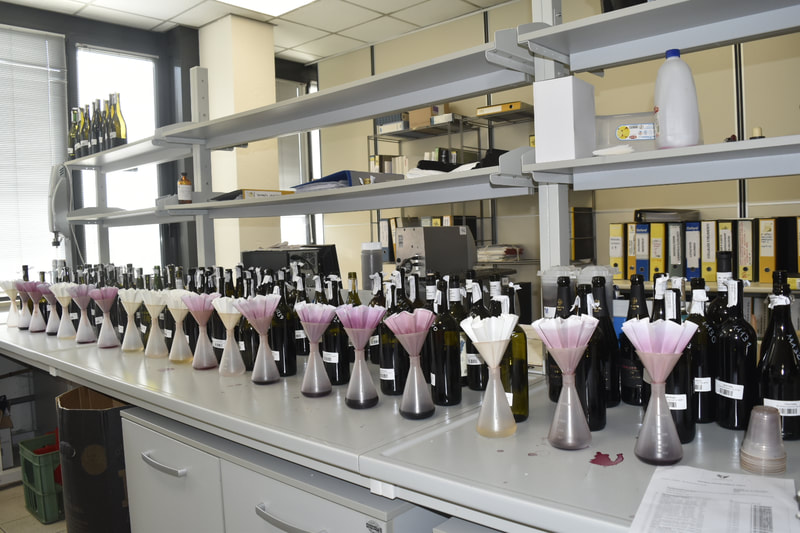
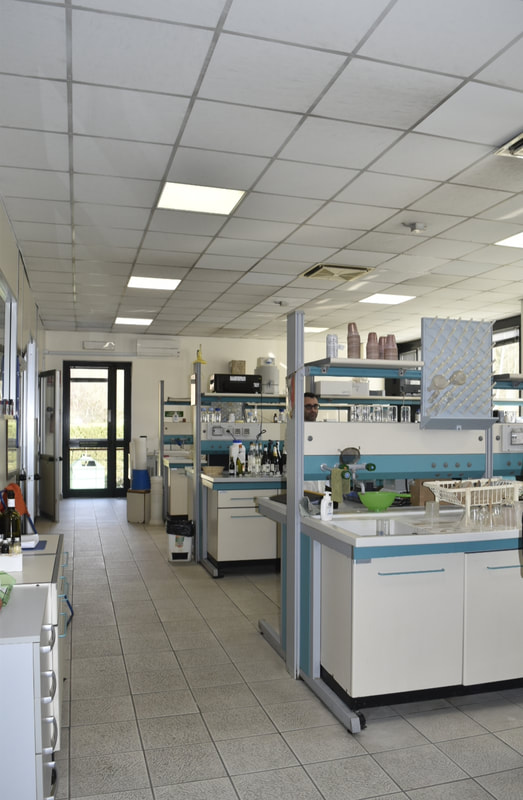
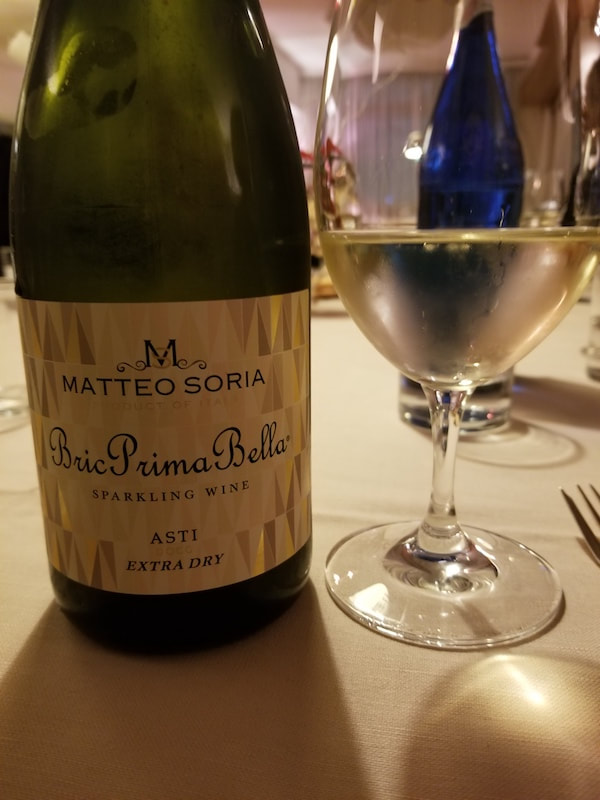

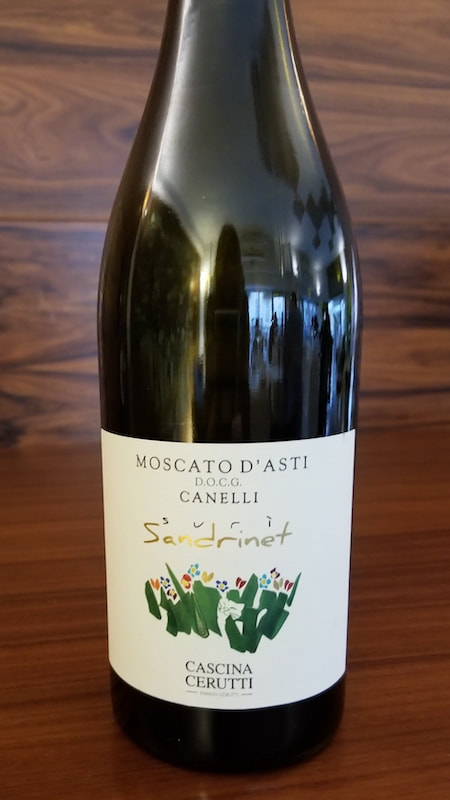
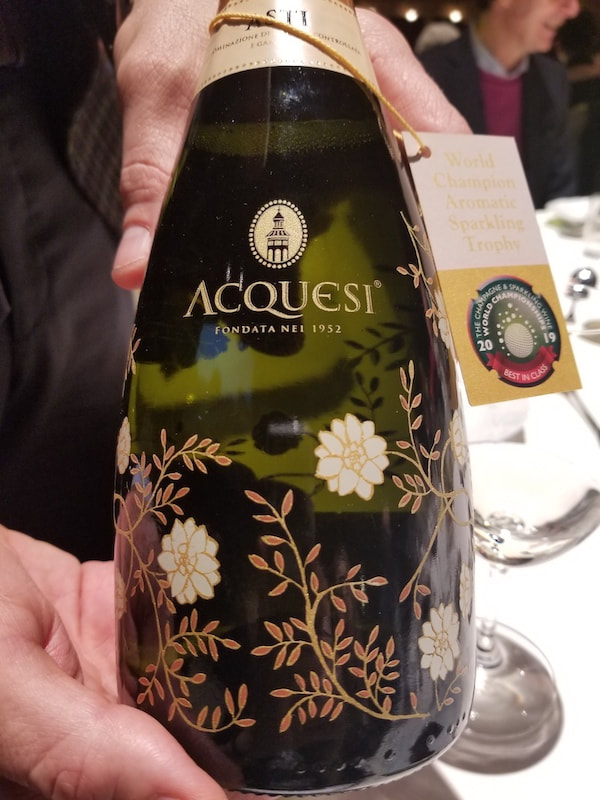
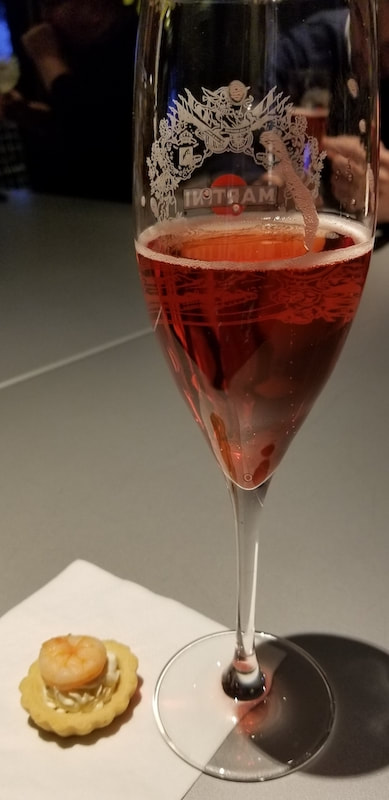
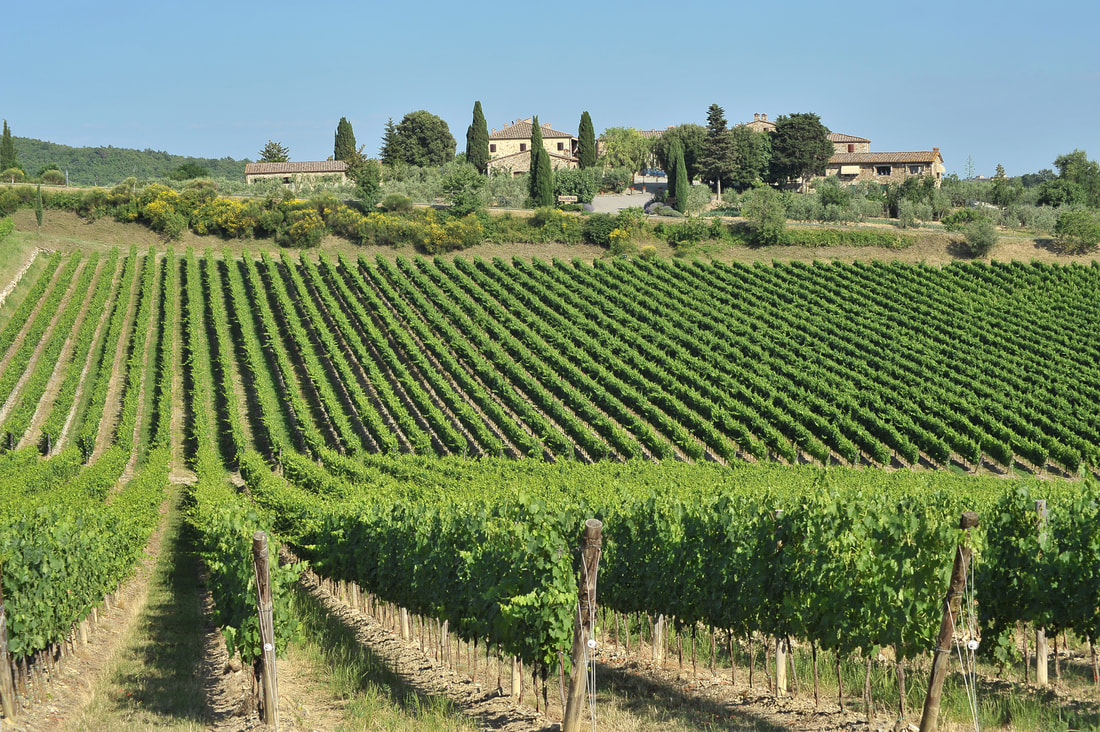
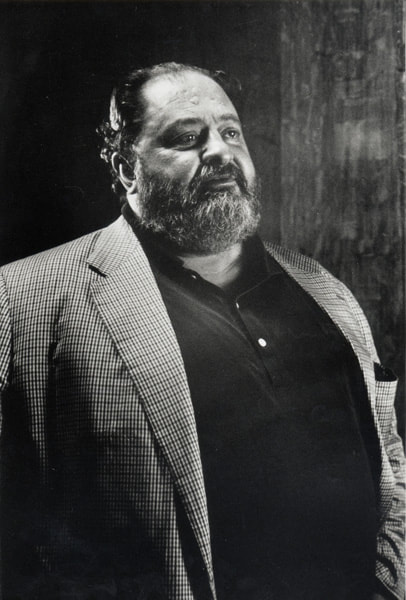
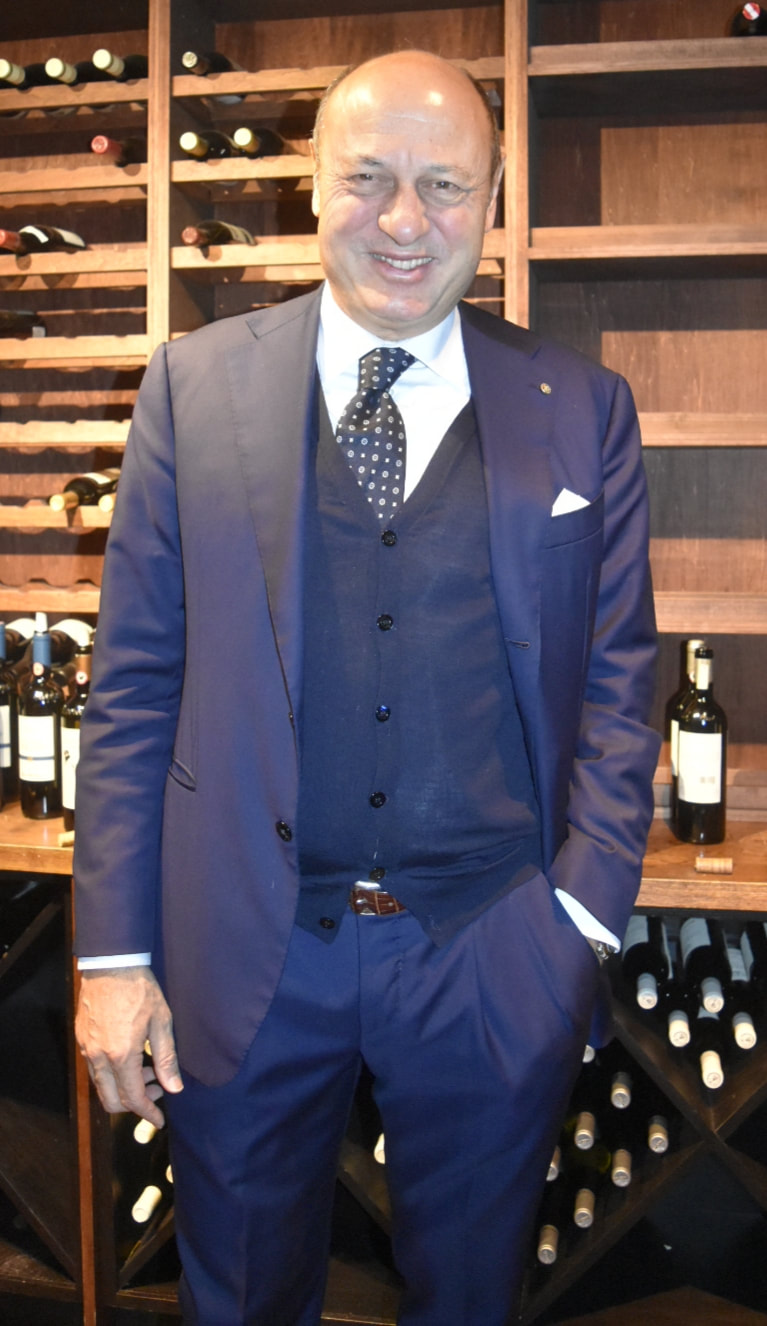
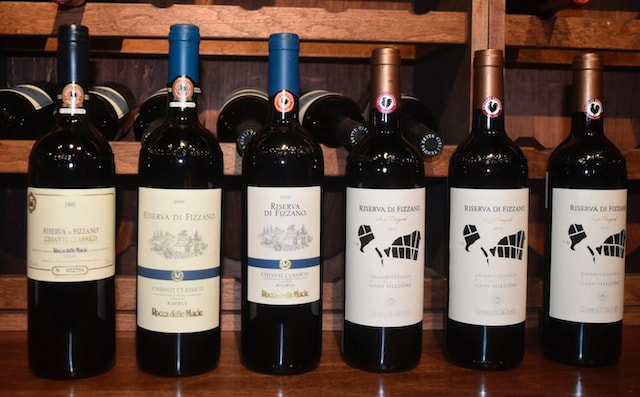
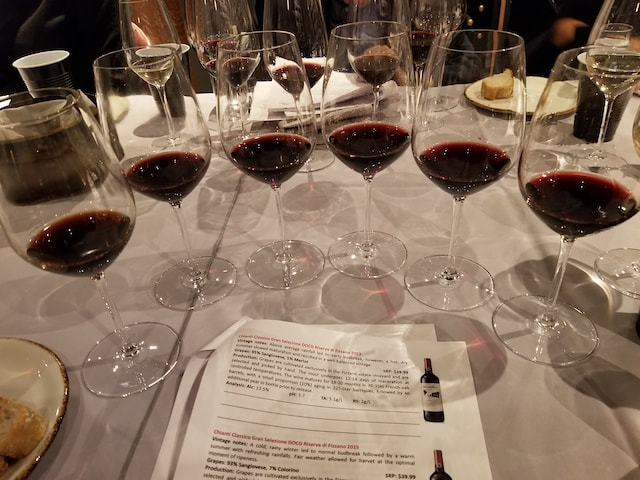
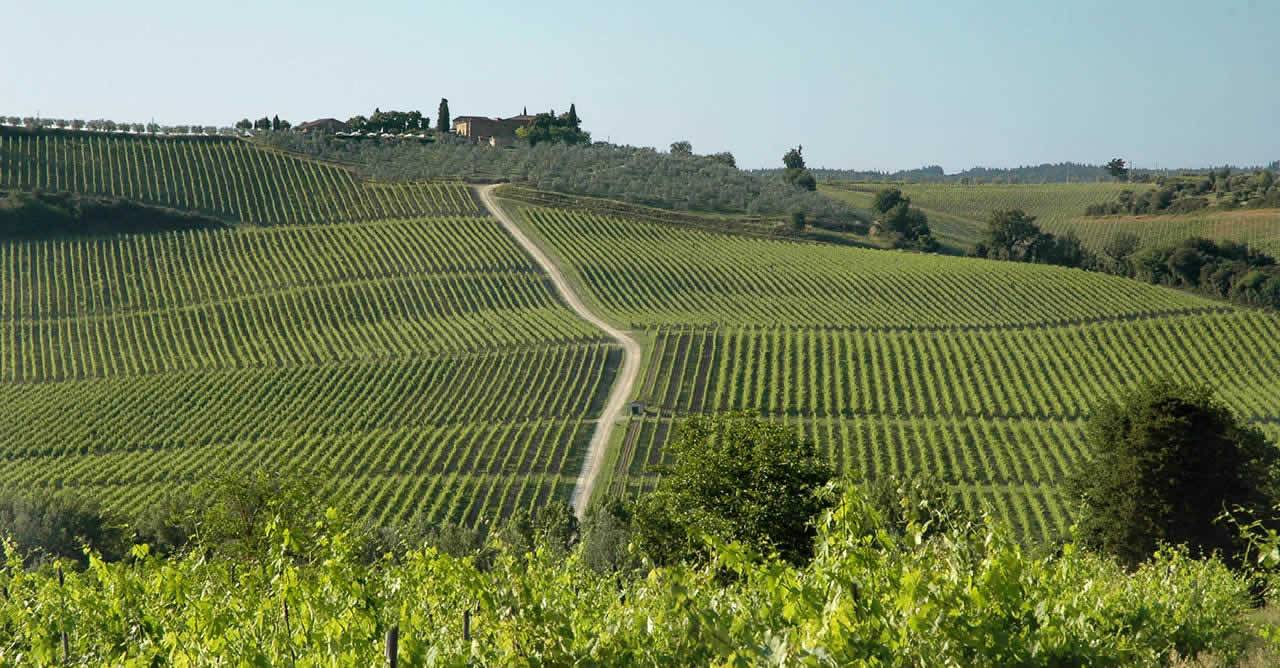
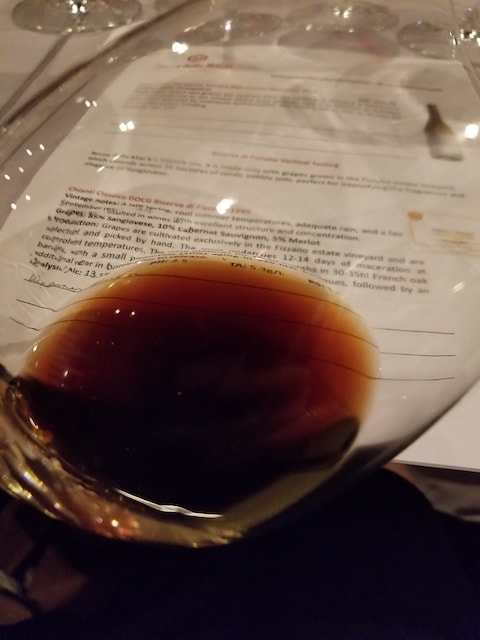
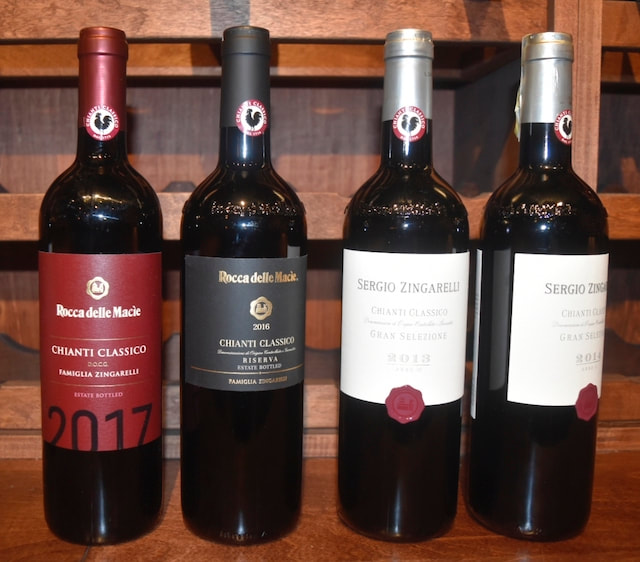
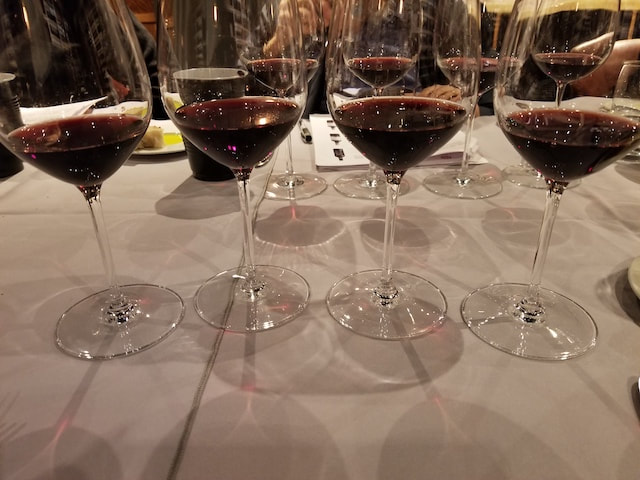
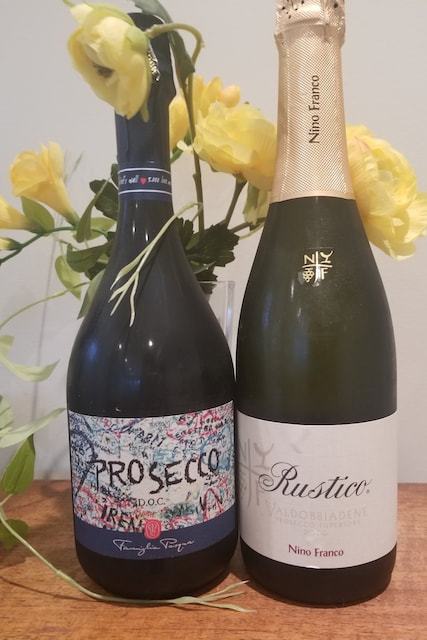
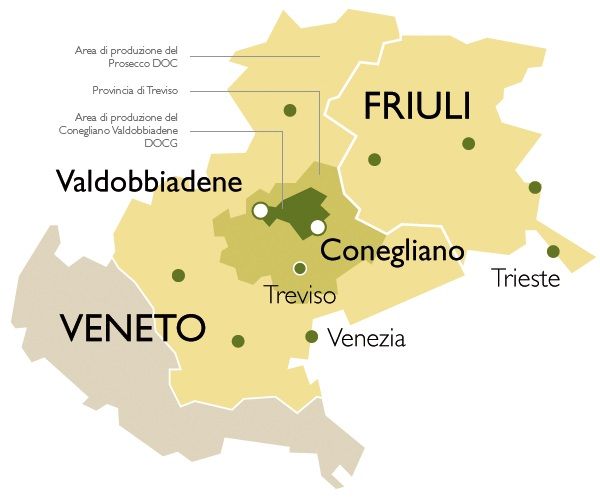
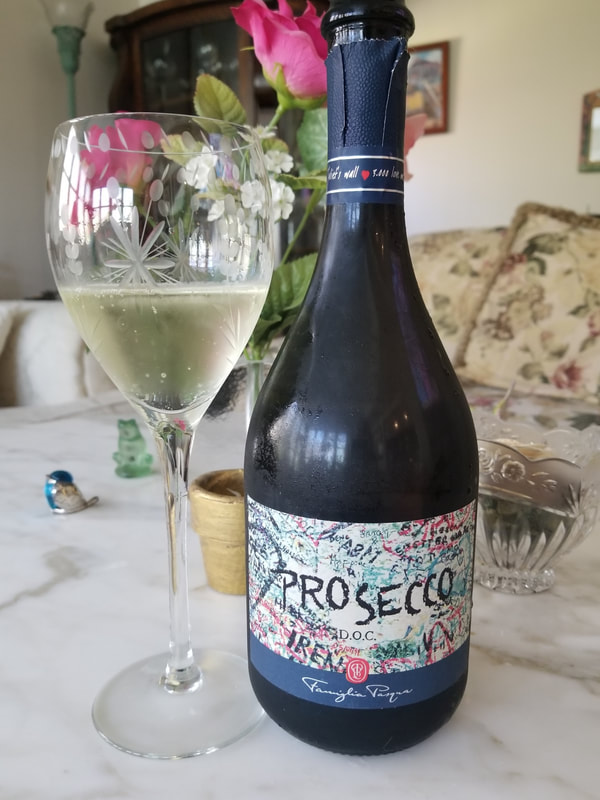
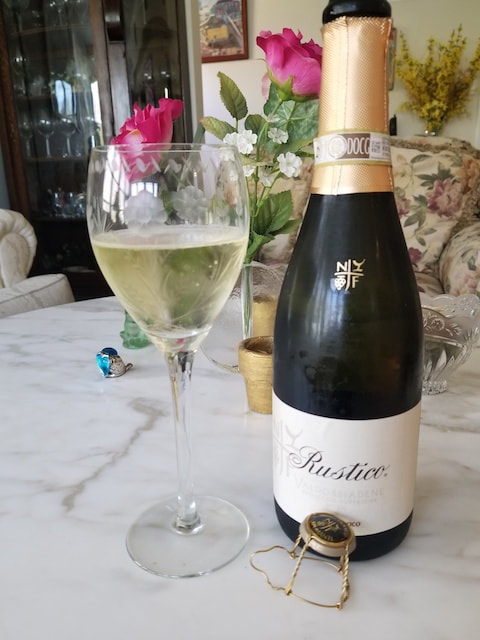
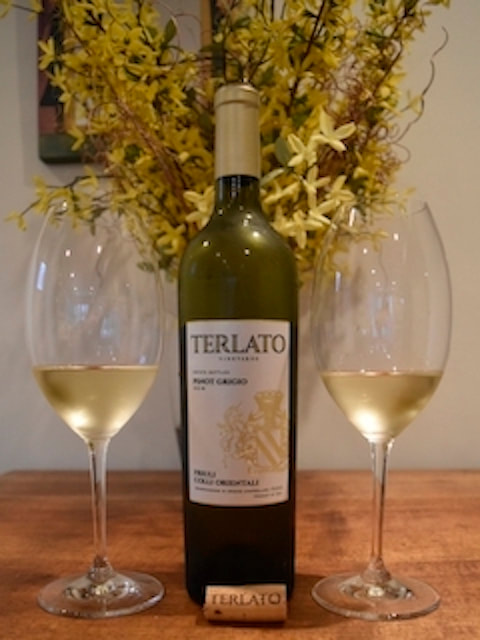
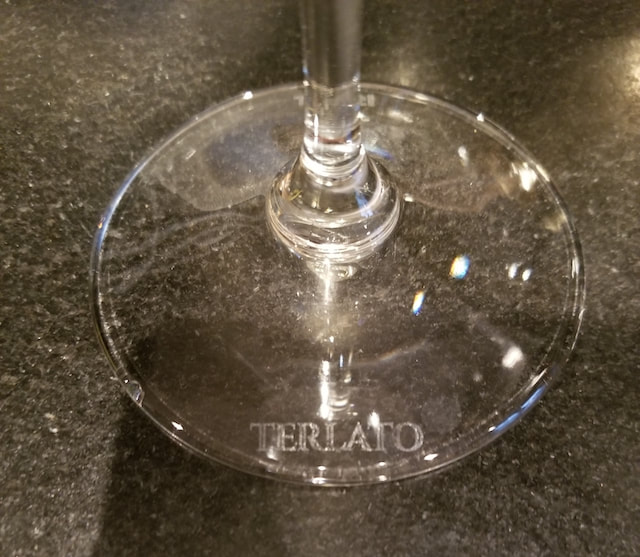
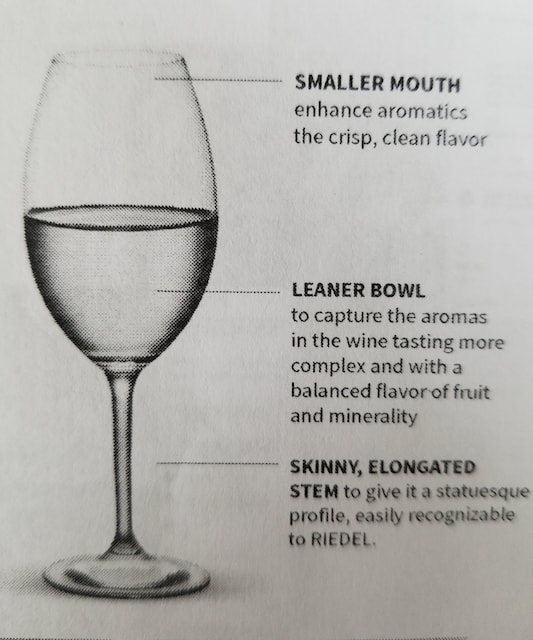
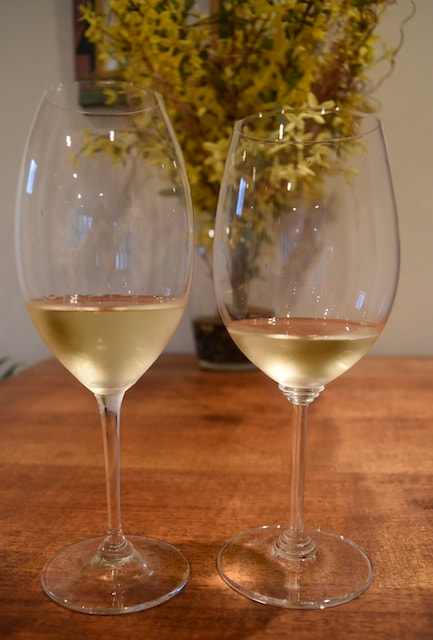
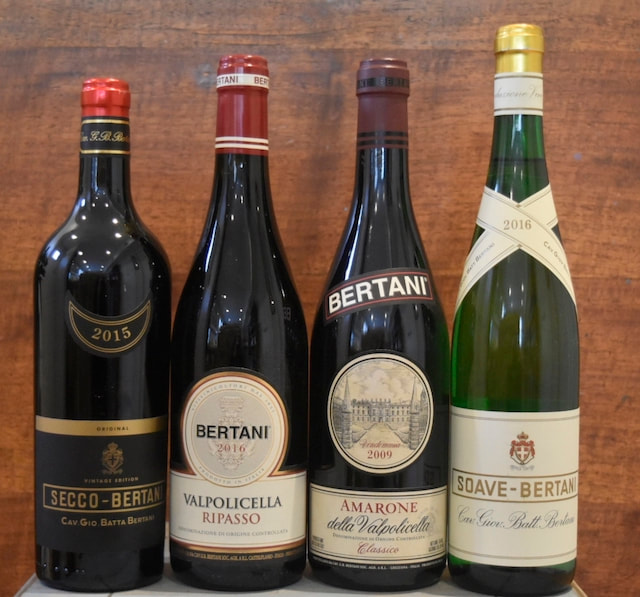
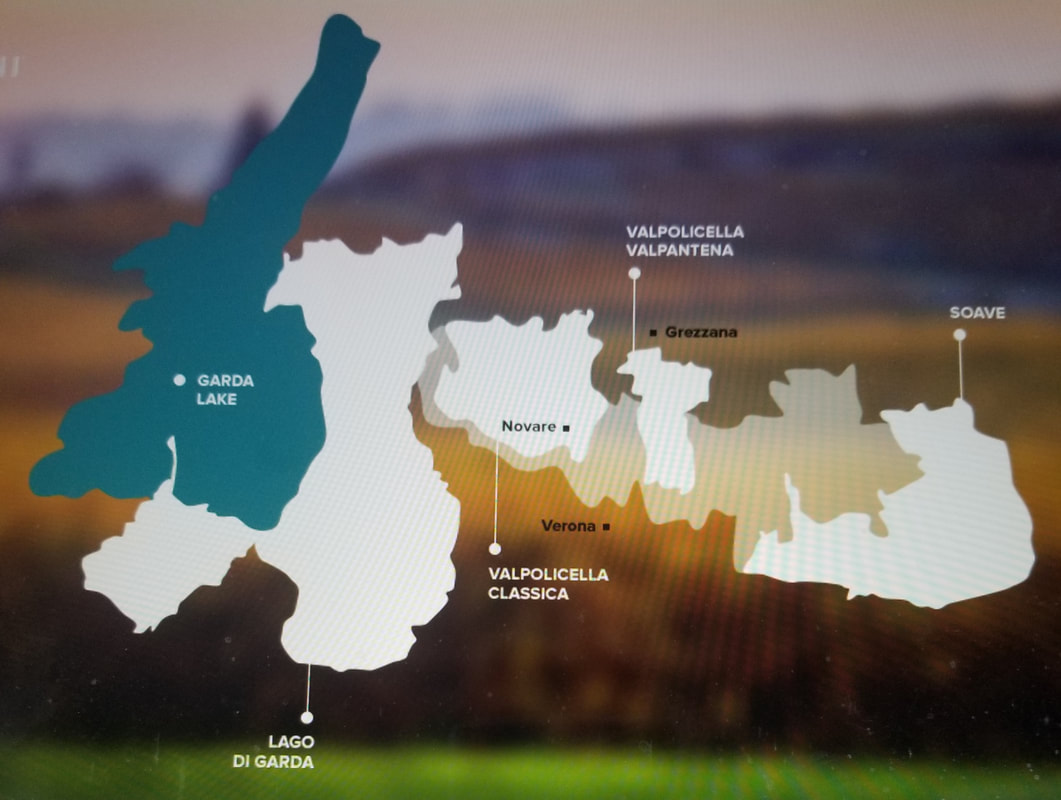
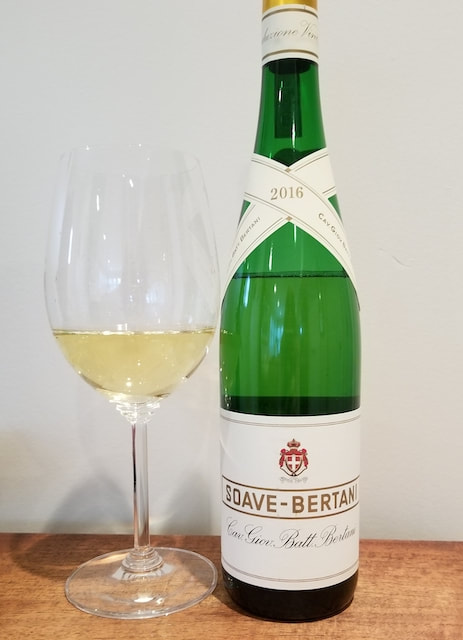
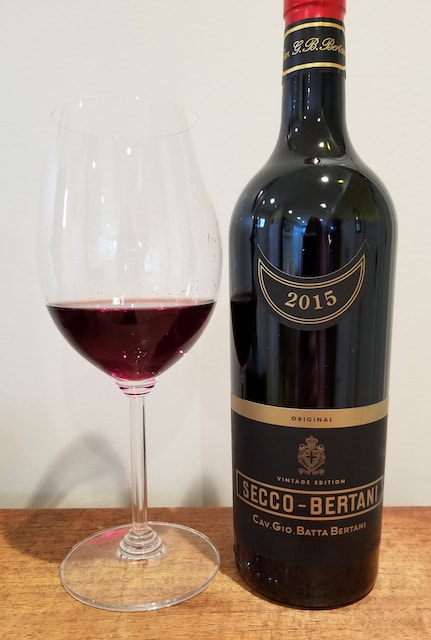
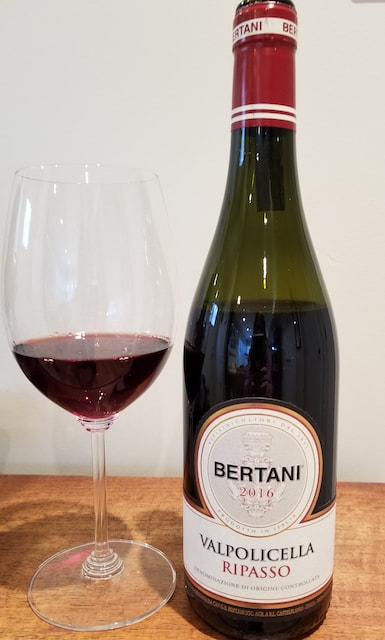
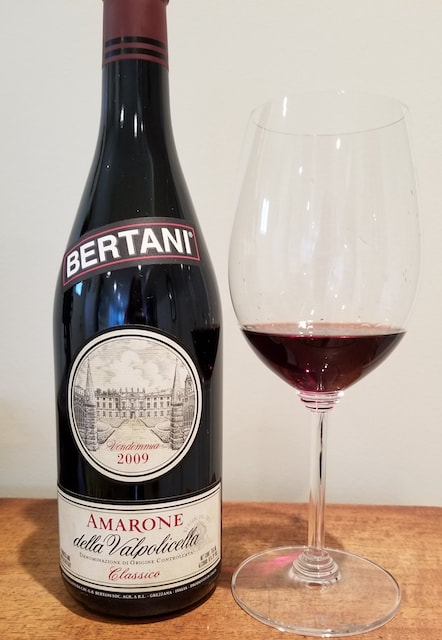
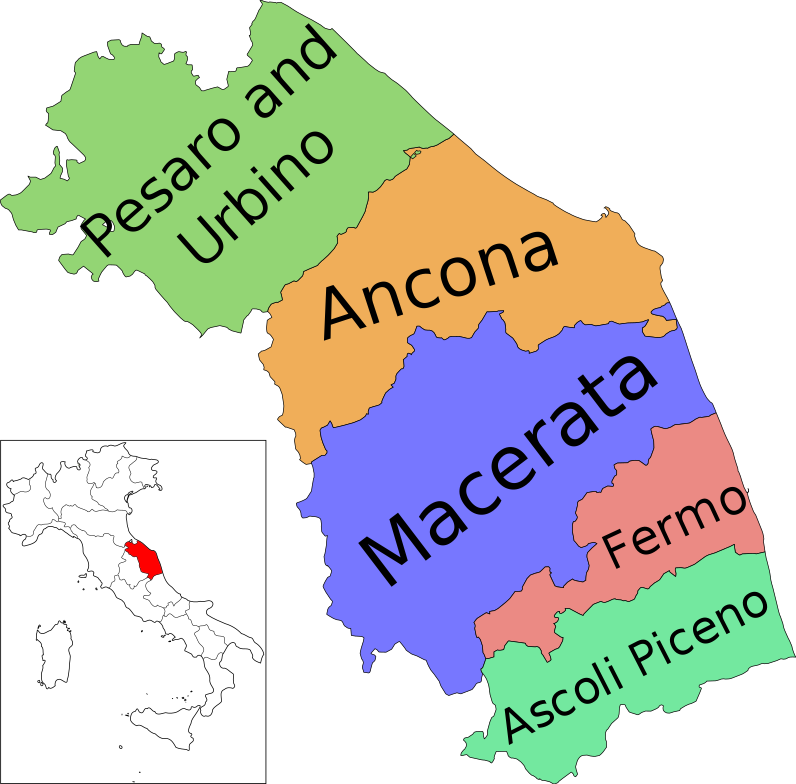
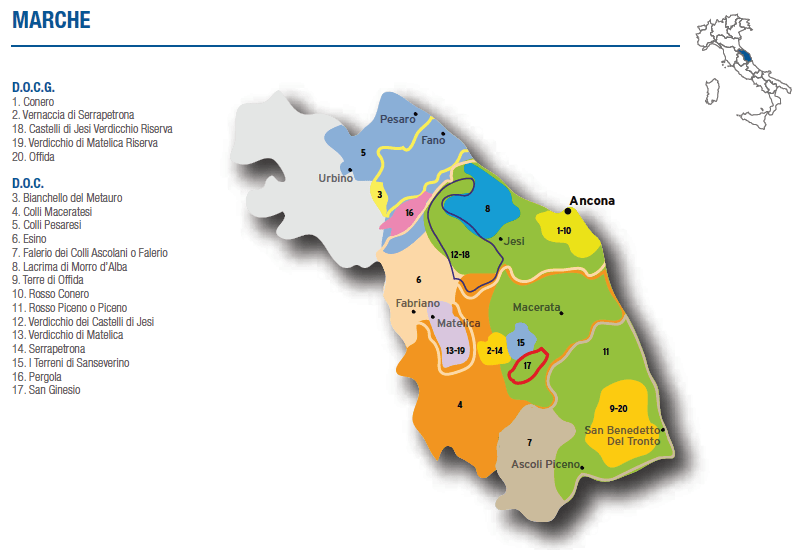
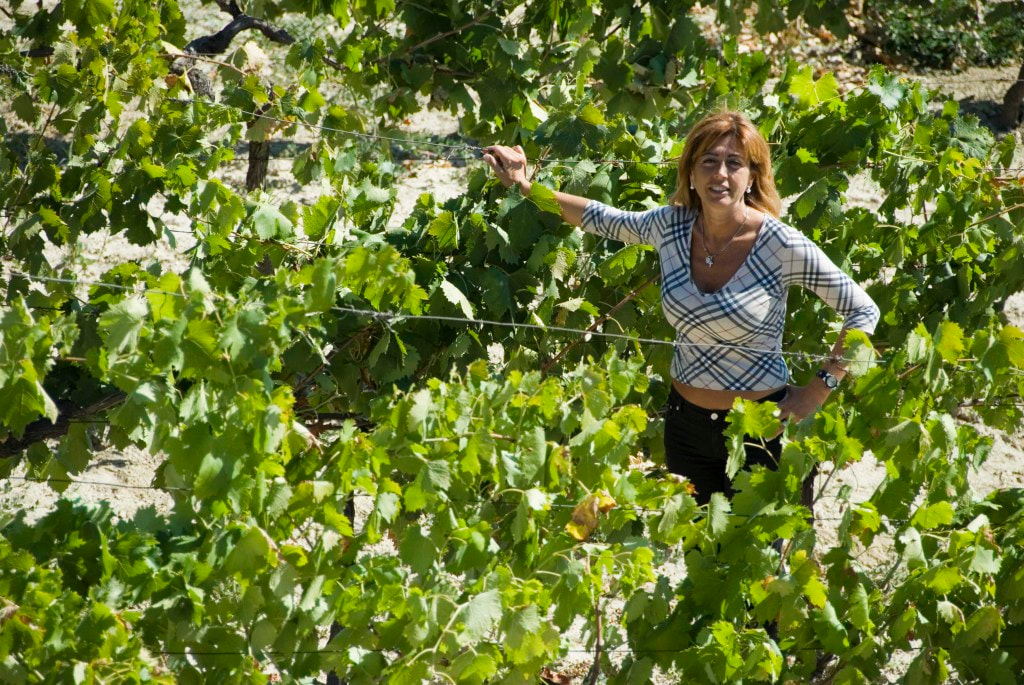
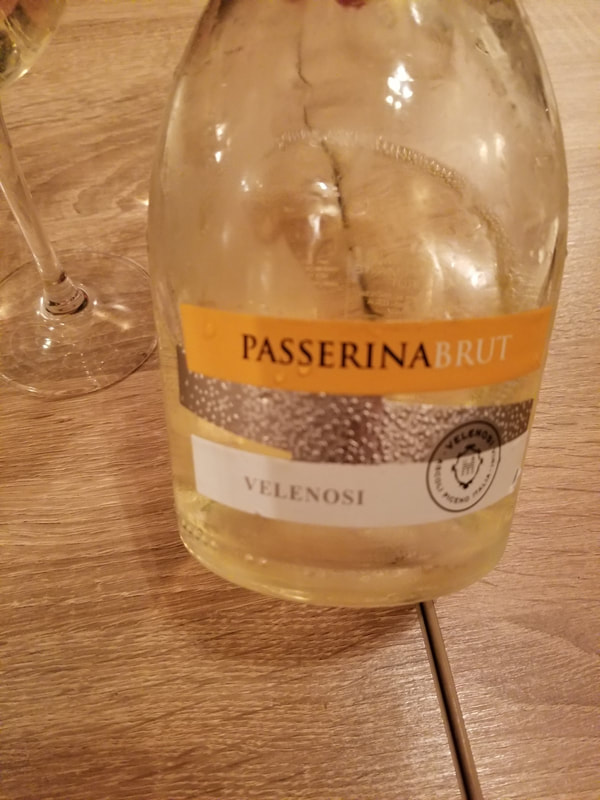
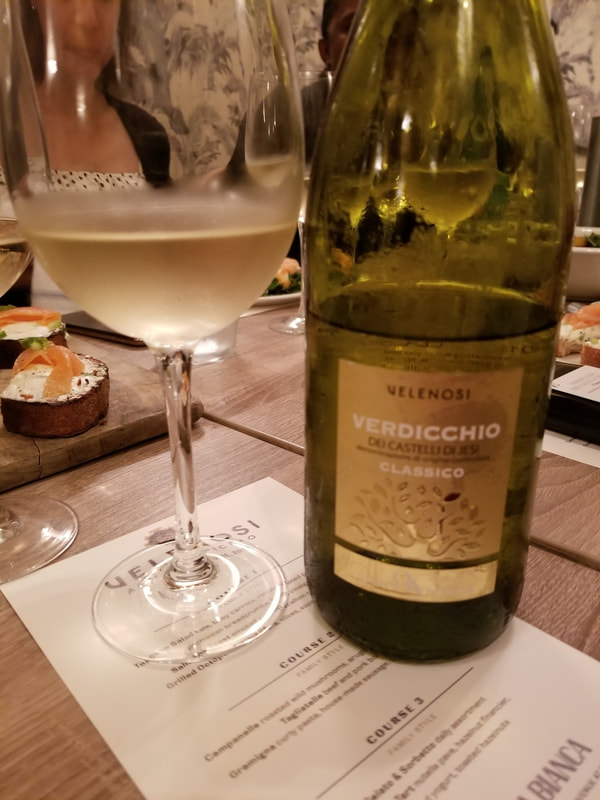
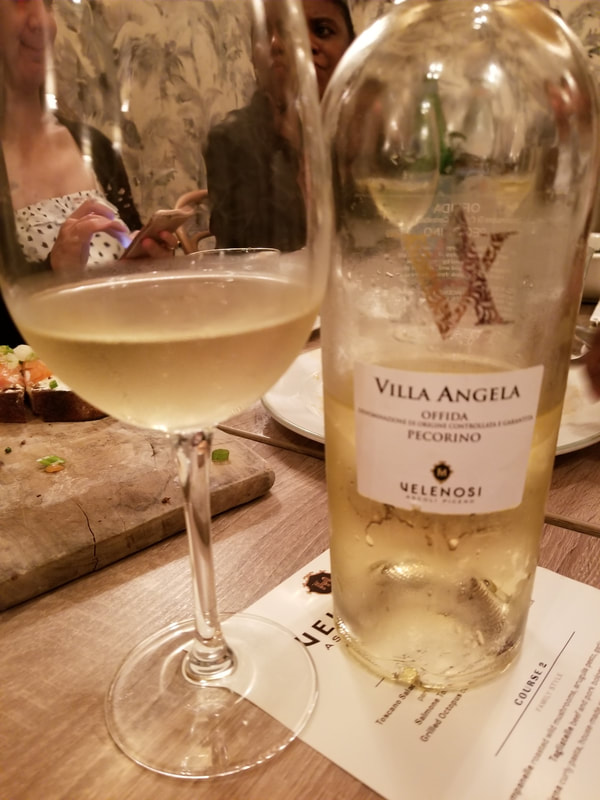
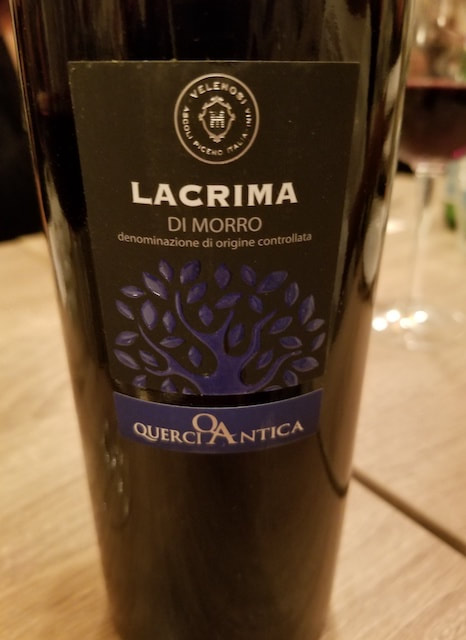
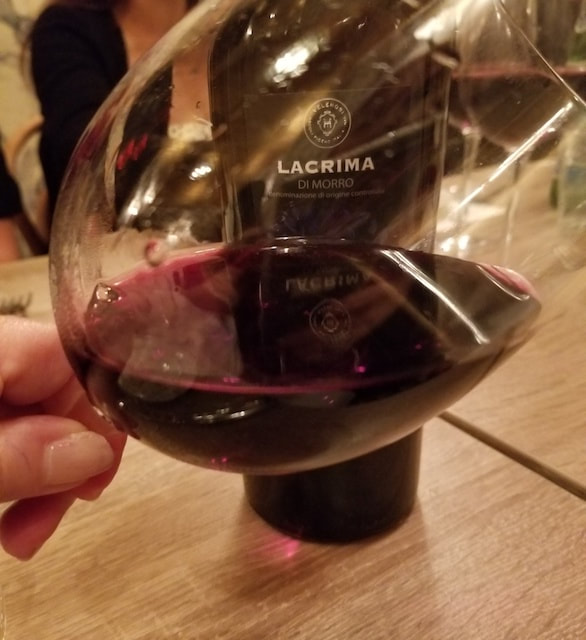
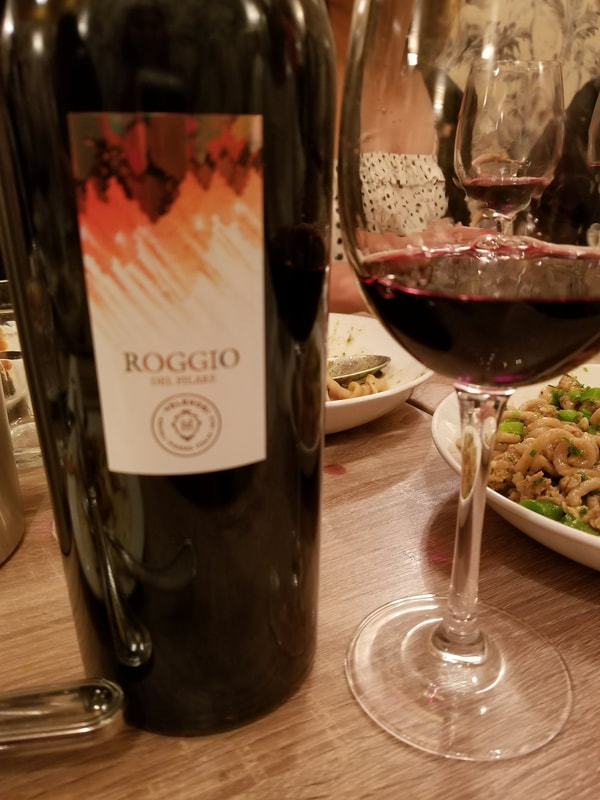
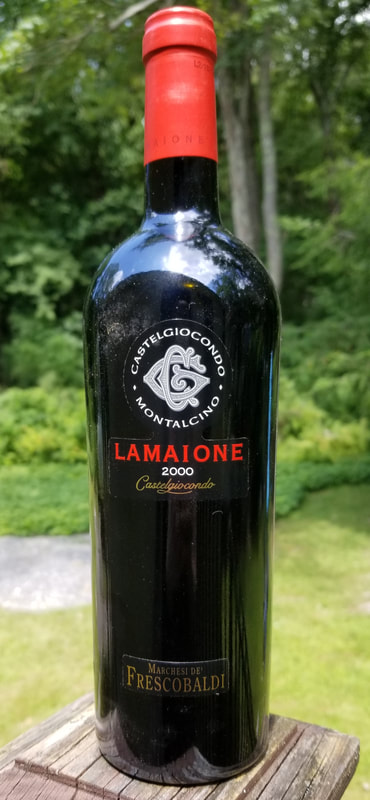
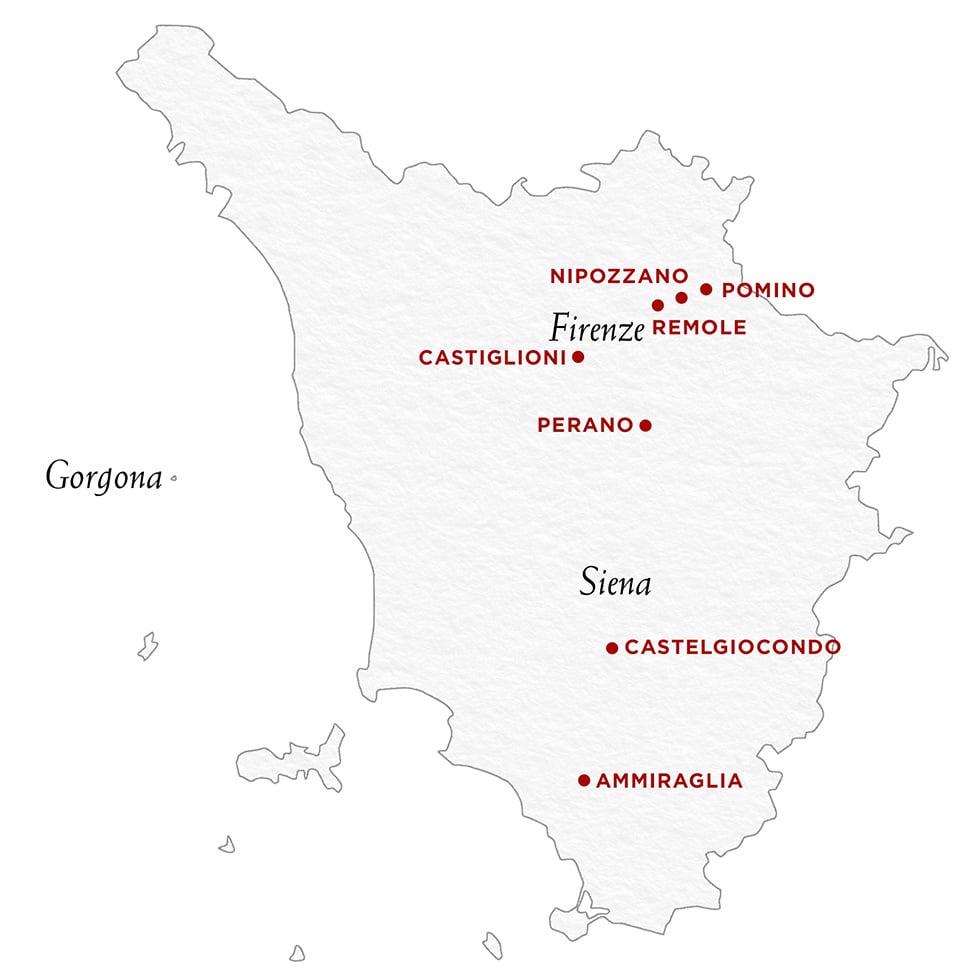
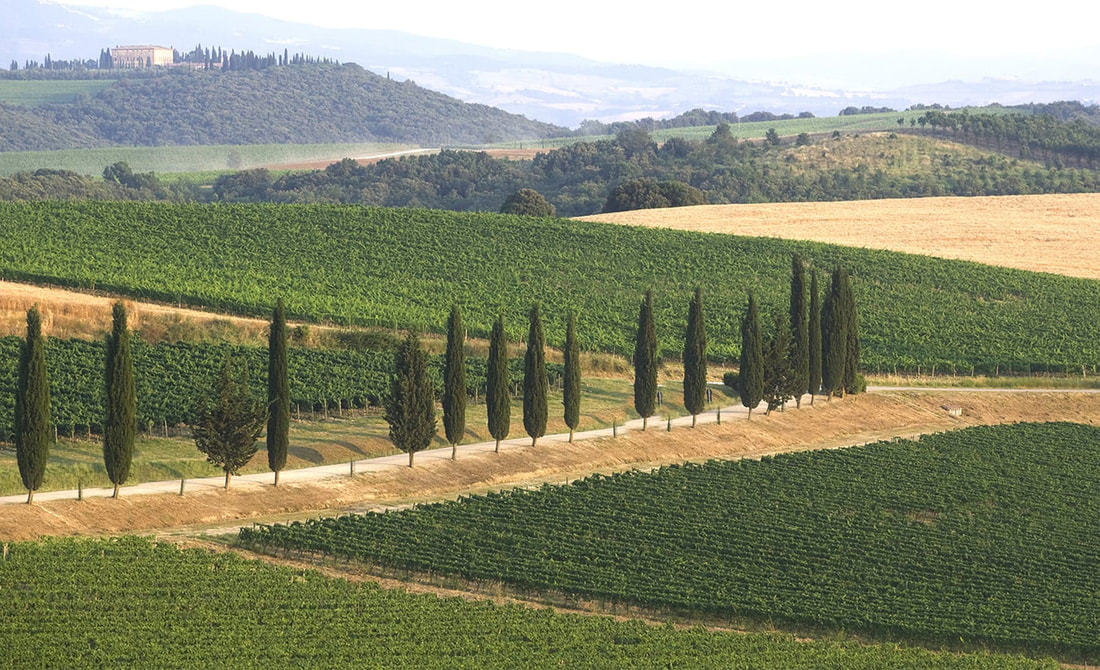
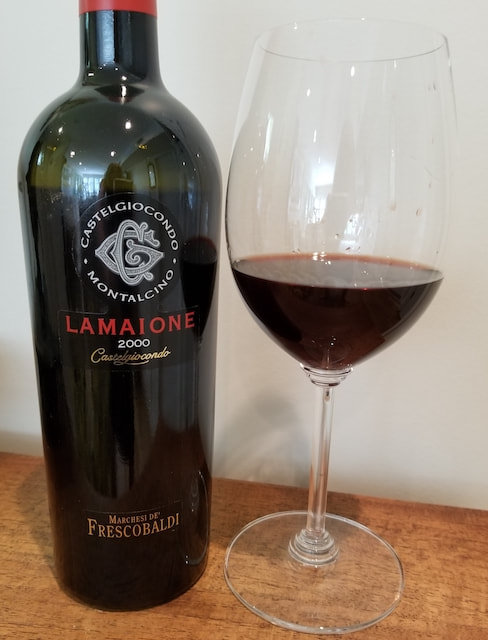
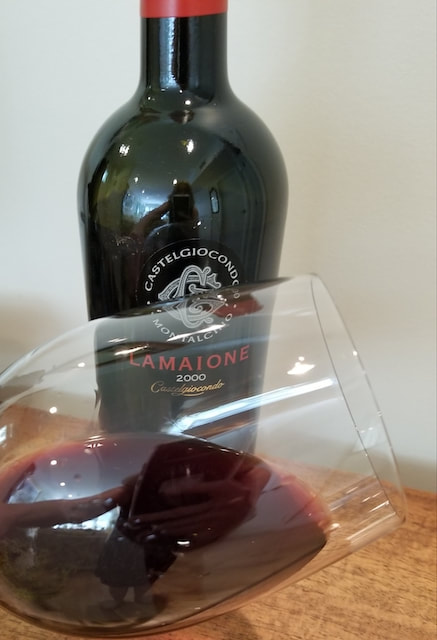
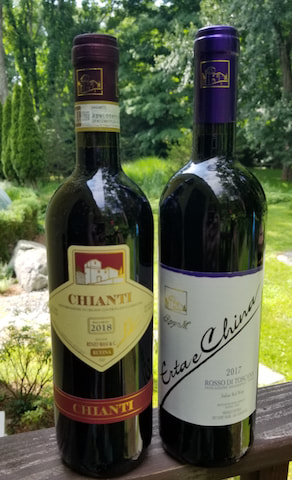
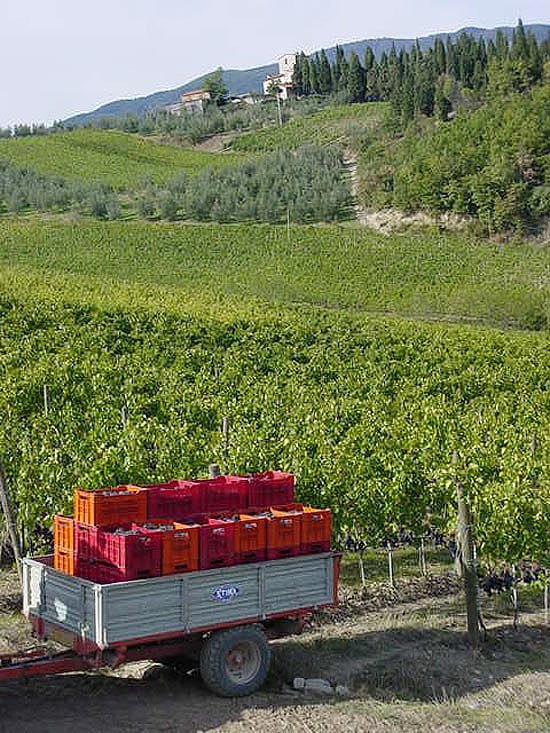
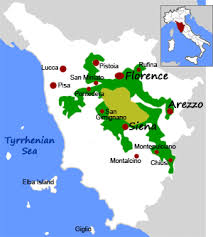
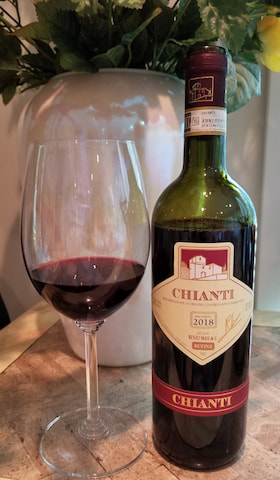
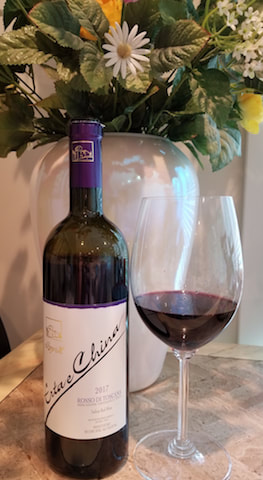
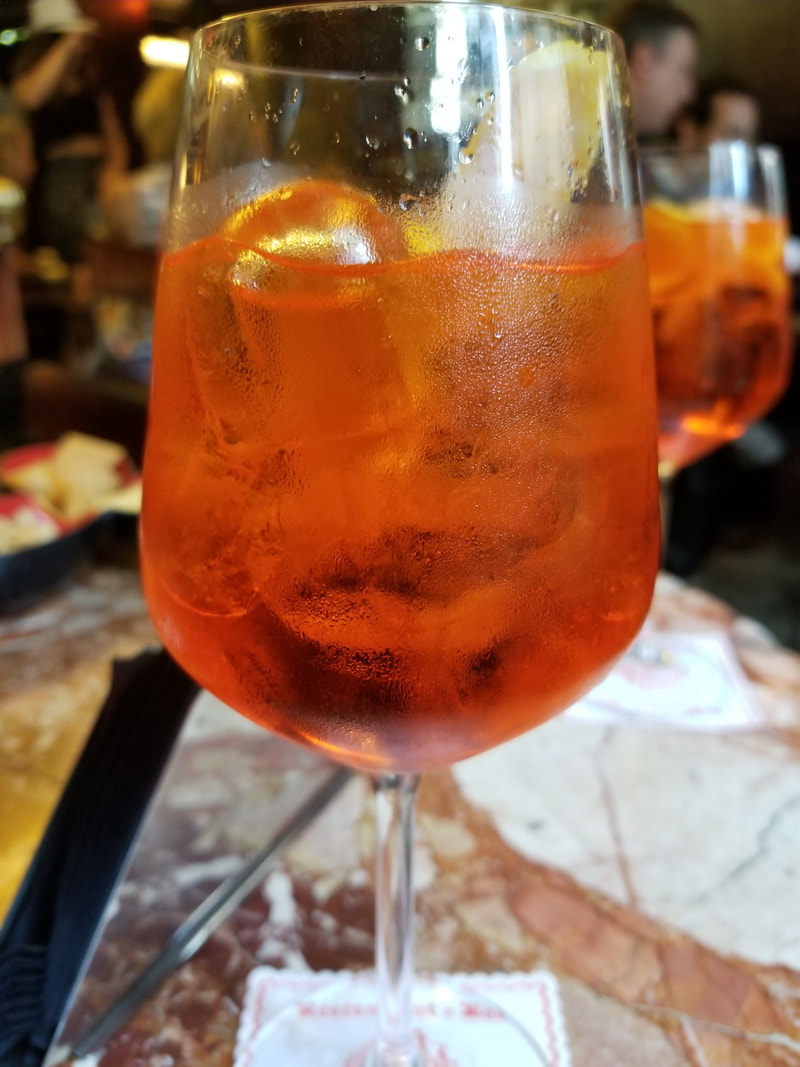
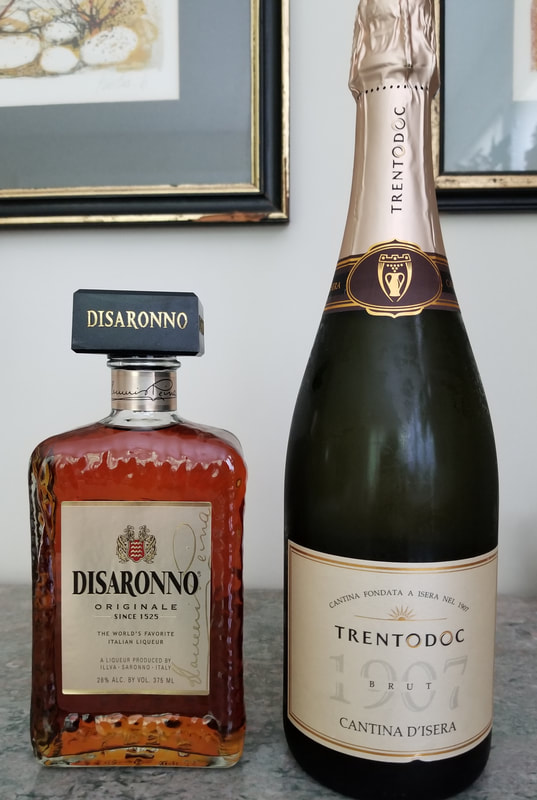
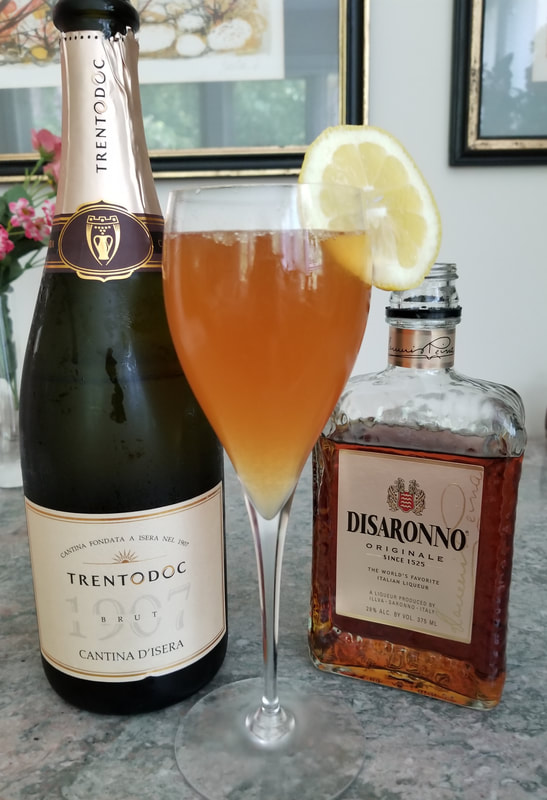
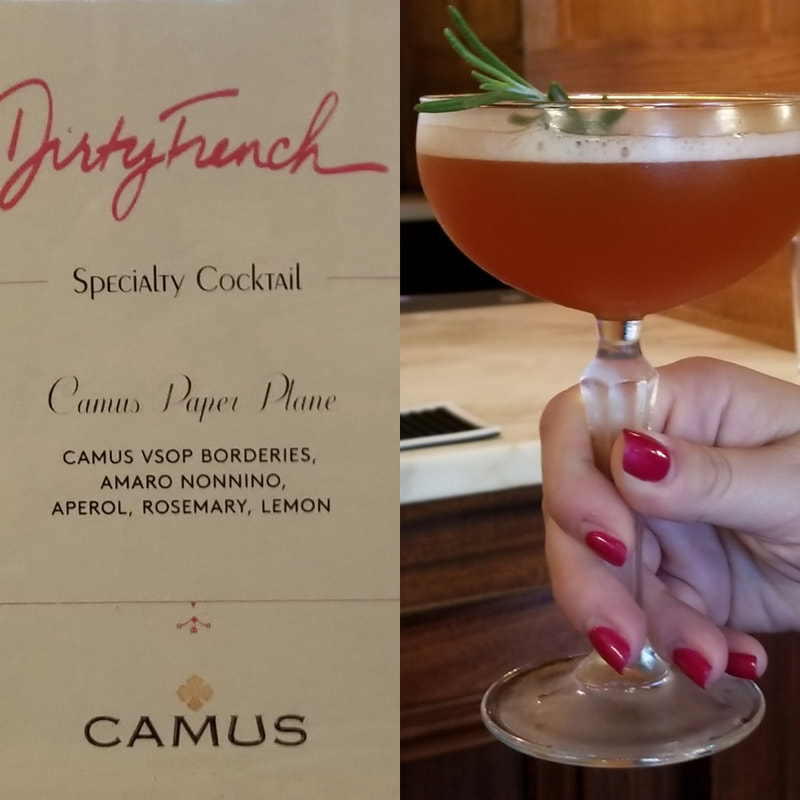
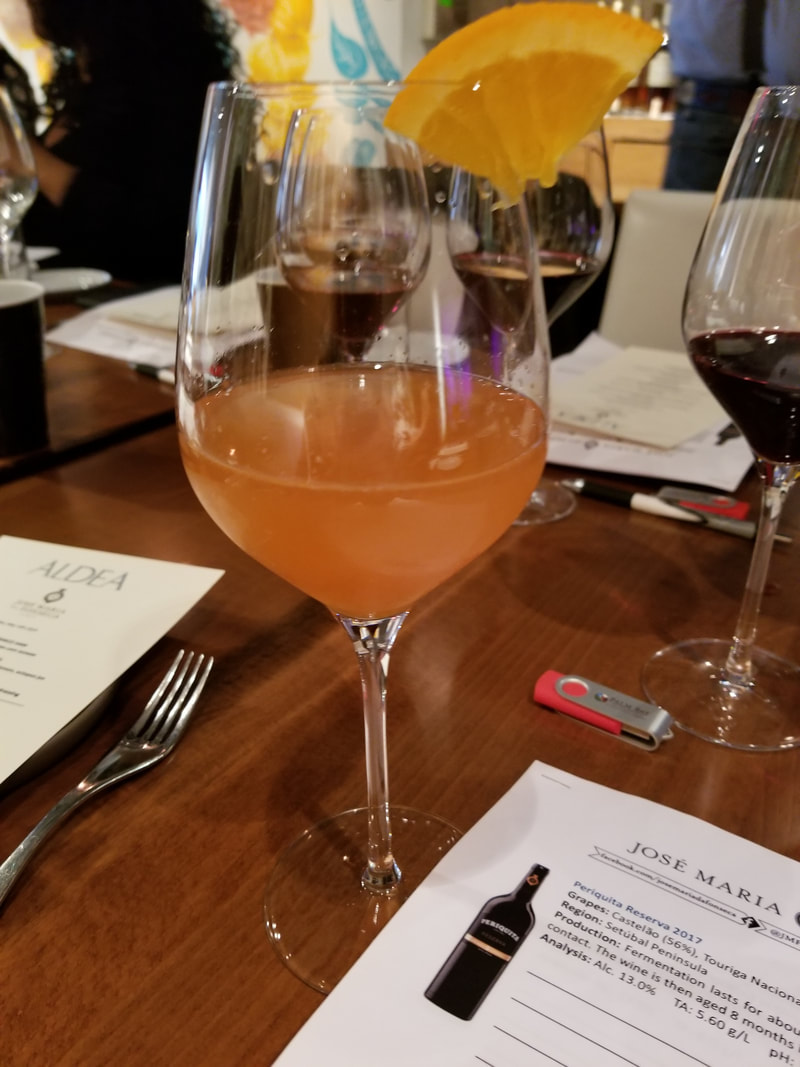
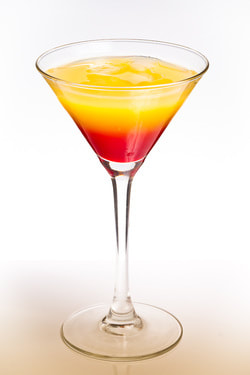
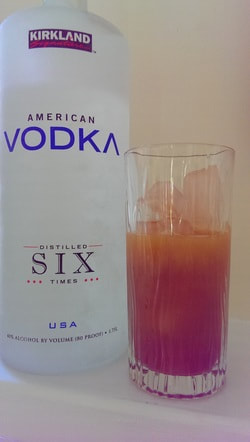
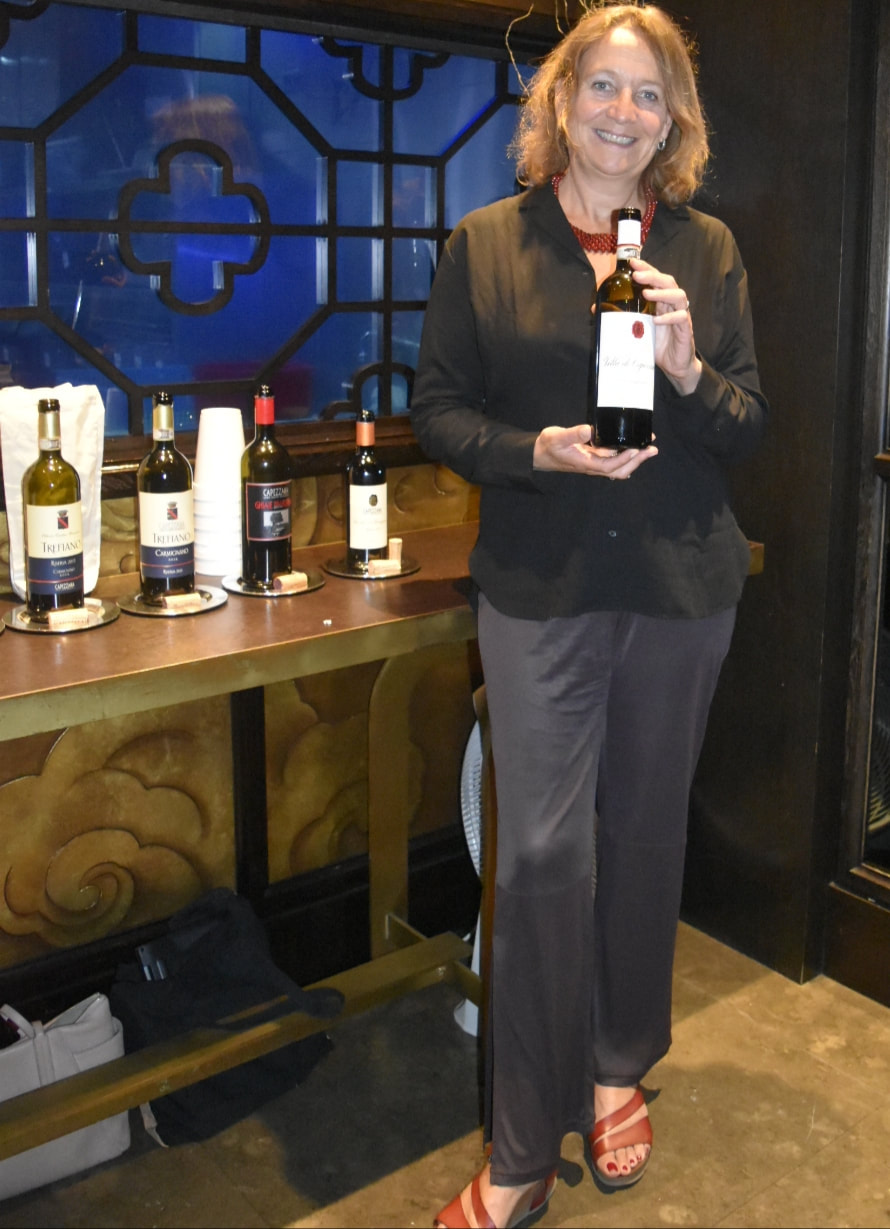
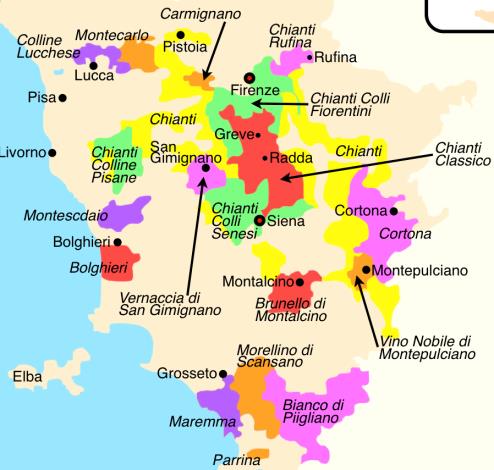
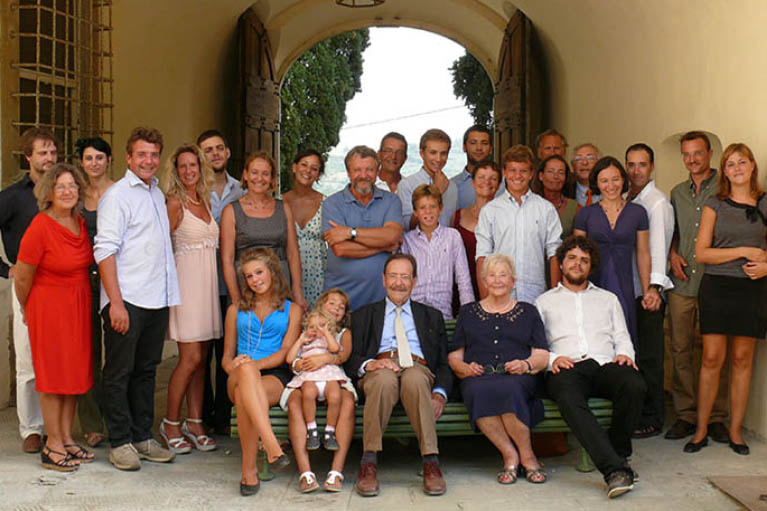
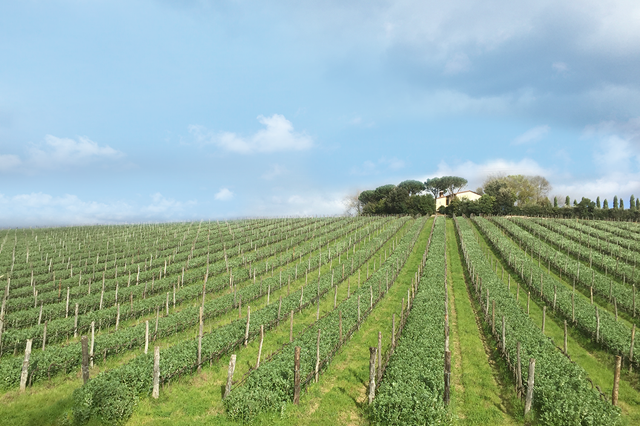
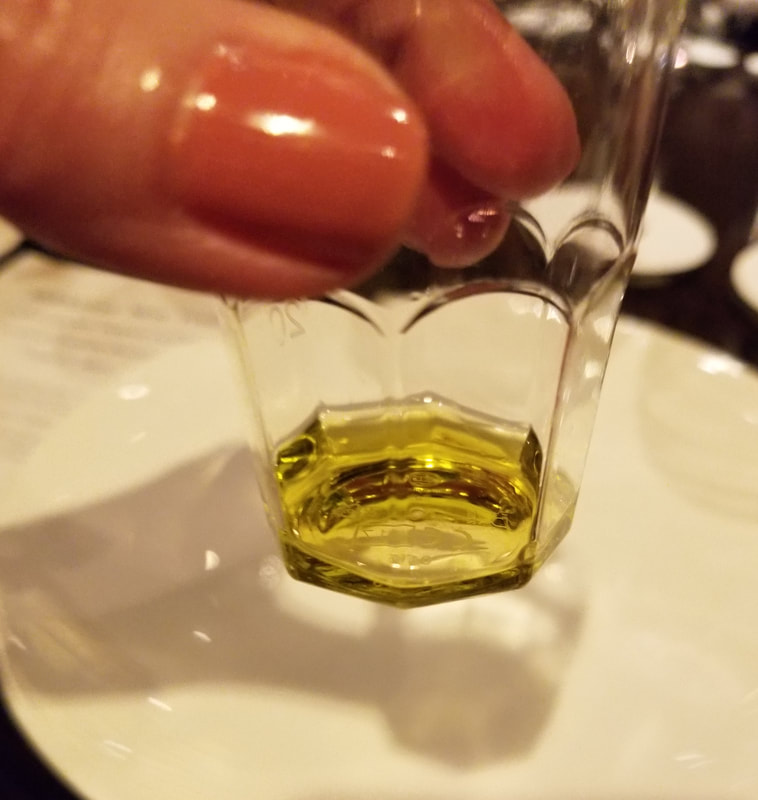

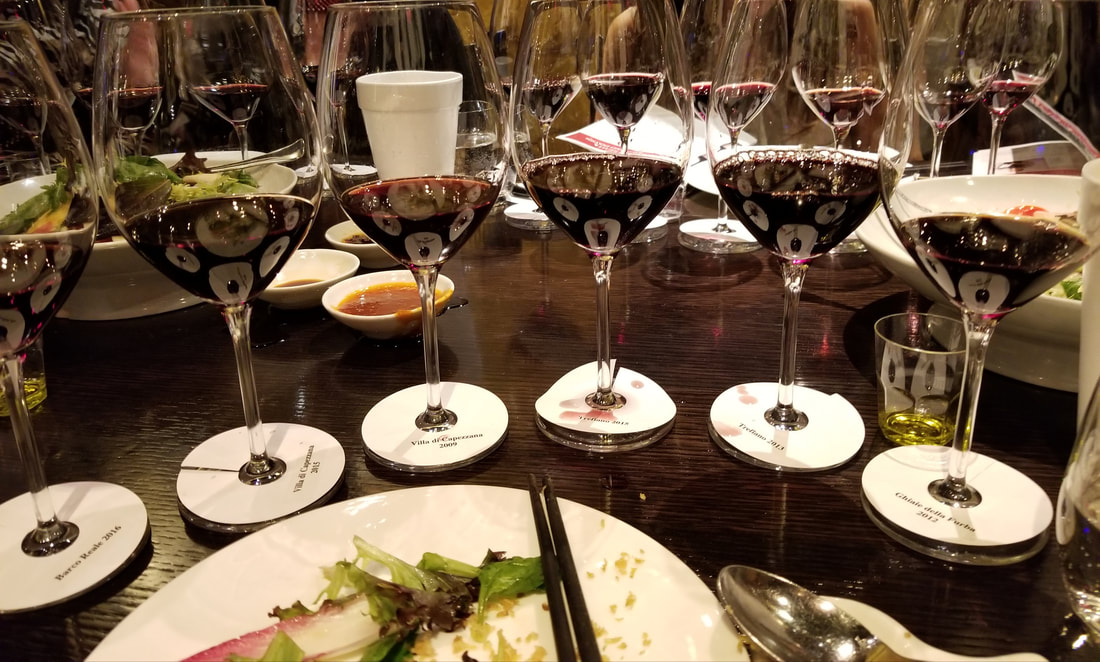
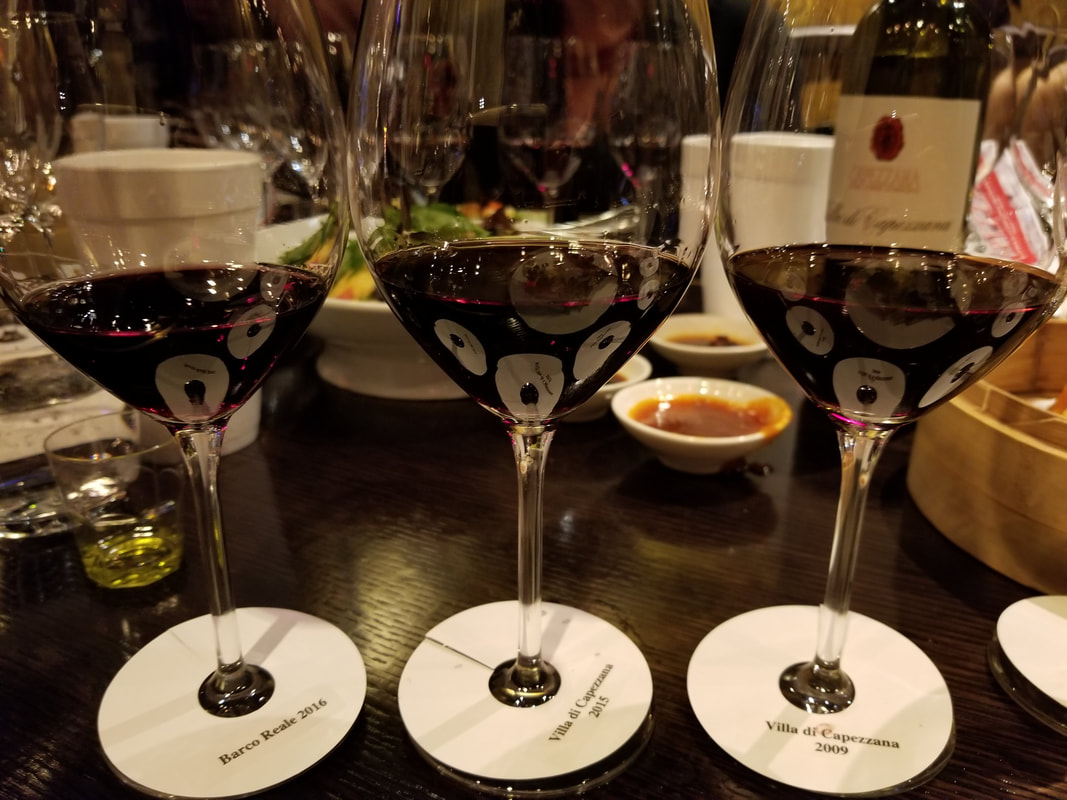
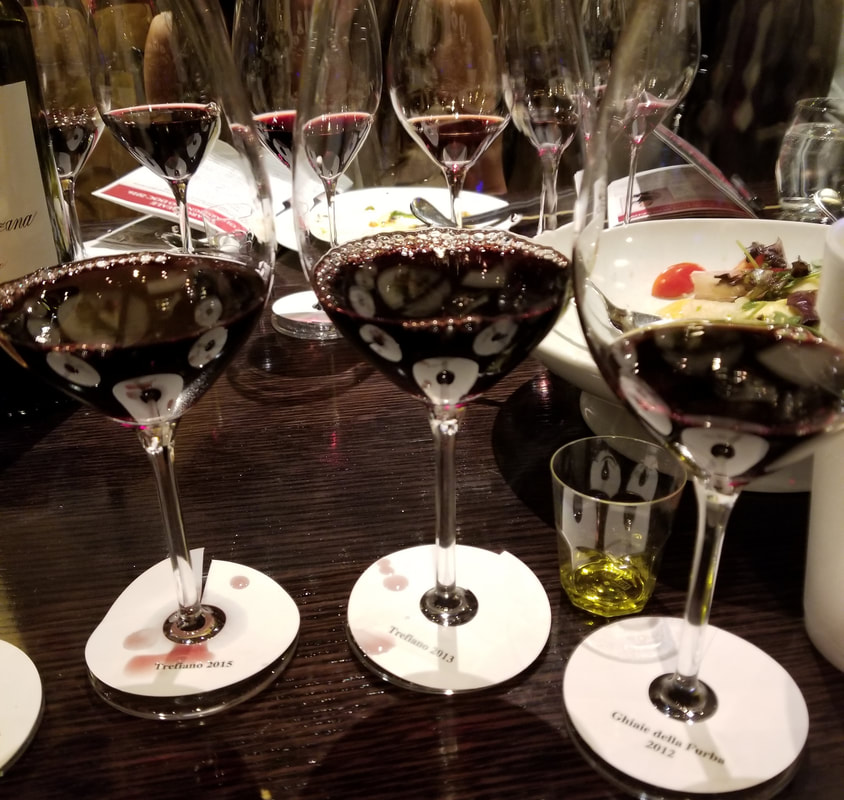
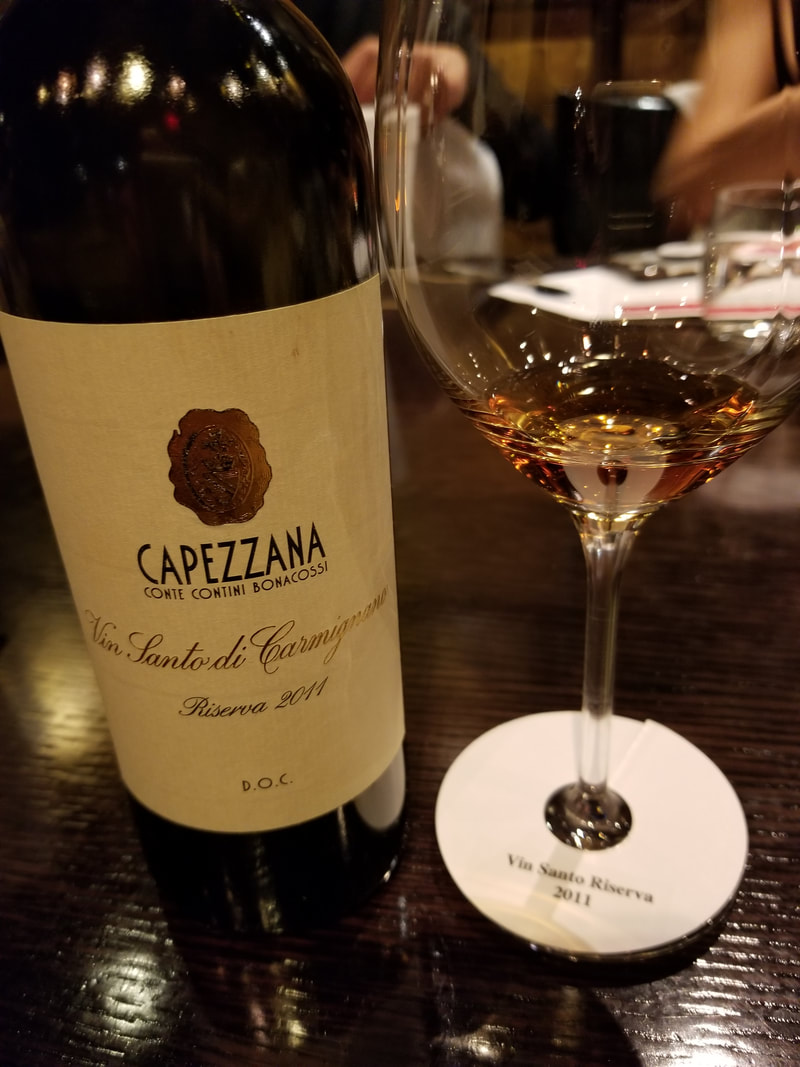
 RSS Feed
RSS Feed